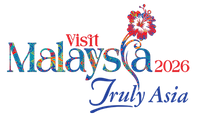
Located on the island of Borneo, Sabah emerges as a beautiful natural marvel, also home to an incredible diversity of animals. This Malaysian state is well-known for its ancient rainforests and houses a diverse plus unique range of plant and animal species, some of which cannot be found anywhere else on the planet!
Sabah’s green landscapes are not only a shelter for wildlife but also play an important part in the world's ecological health. This natural wonderland is a haven for magnificent Bornean orangutans plus peculiar probosci monkeys, as well as teeming with marine life in its crystal-clear seas. Sabah remains committed to conservation plus sustainable ecotourism, encouraging nature enthusiasts to explore plus help preserve its unique environment.
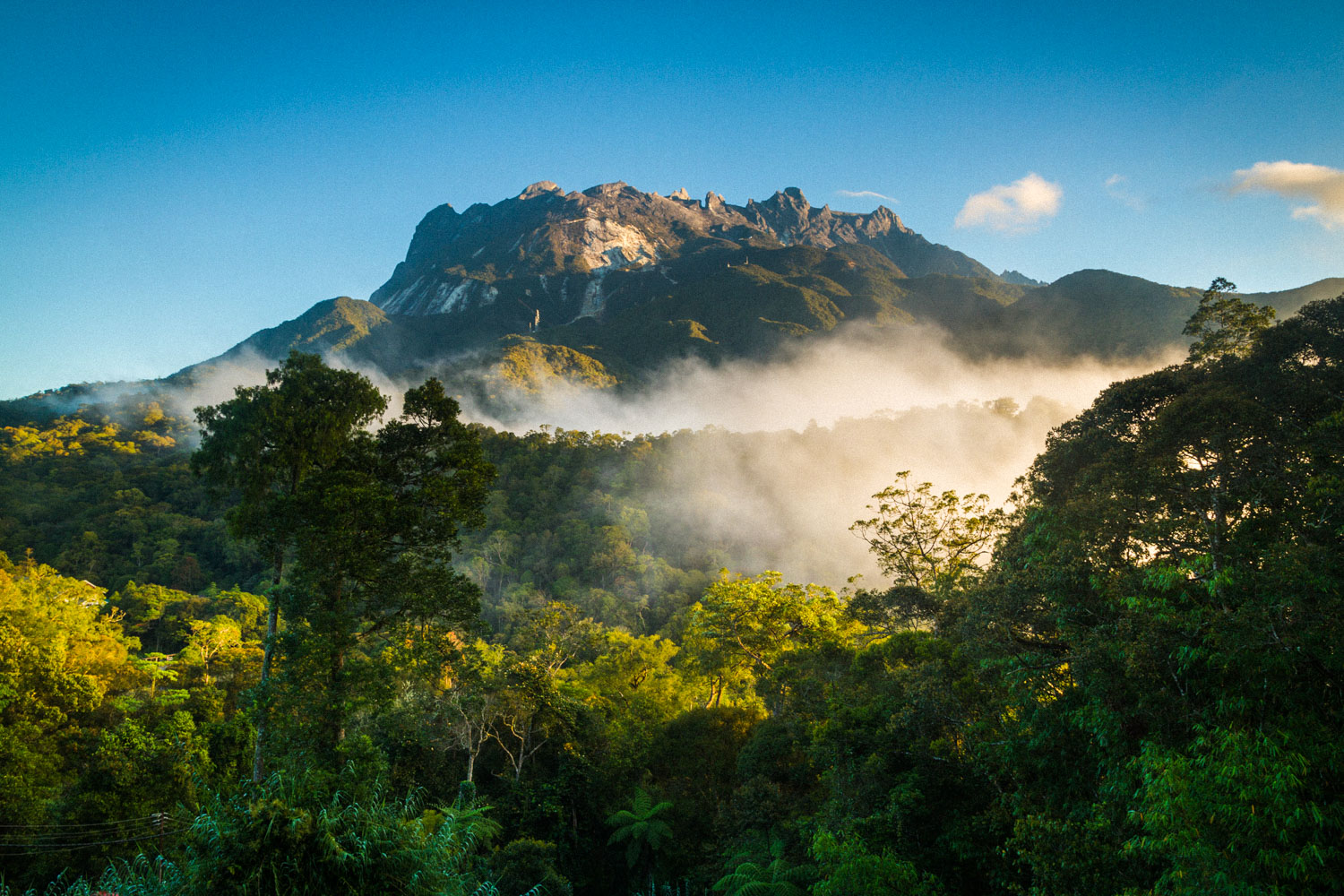
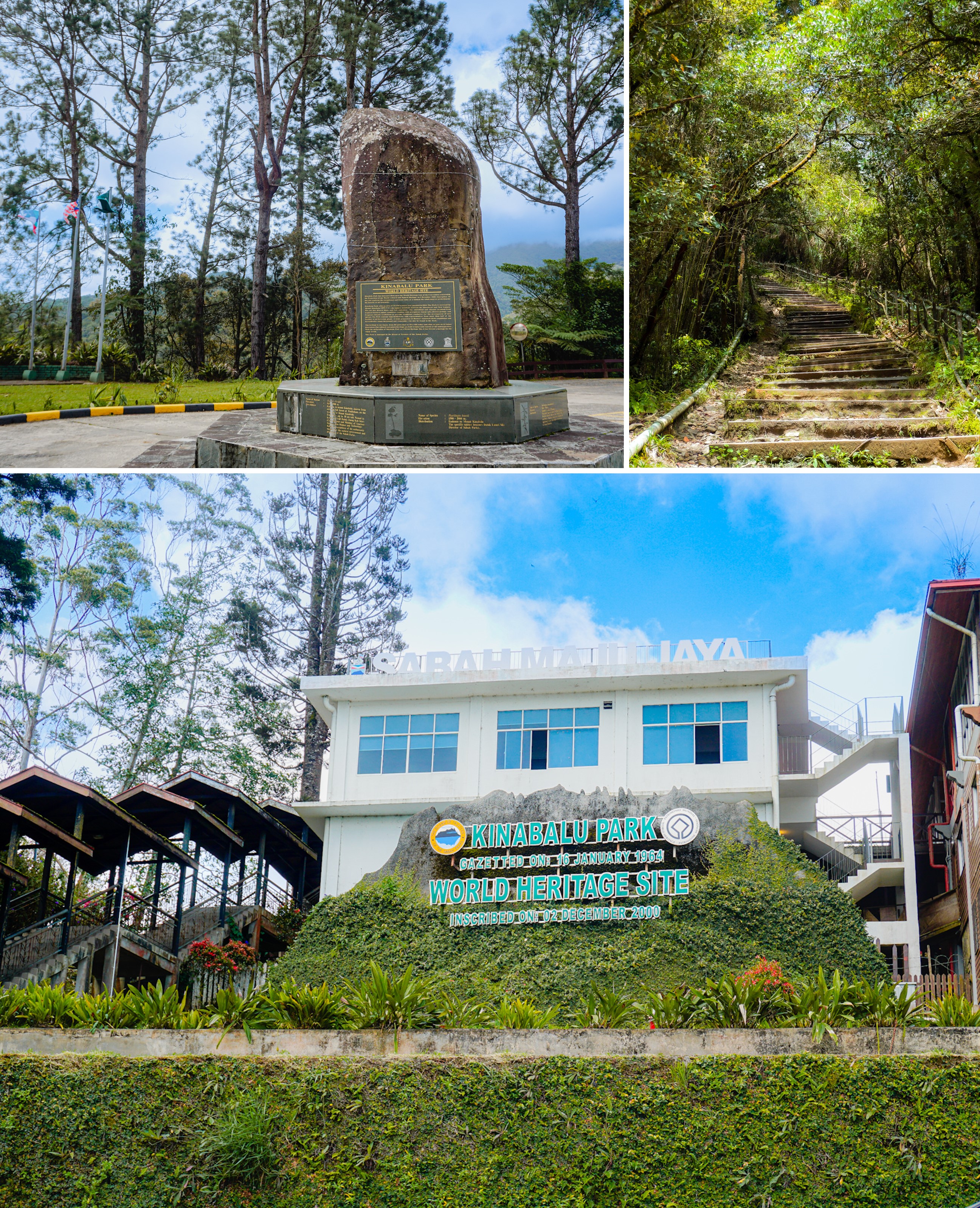
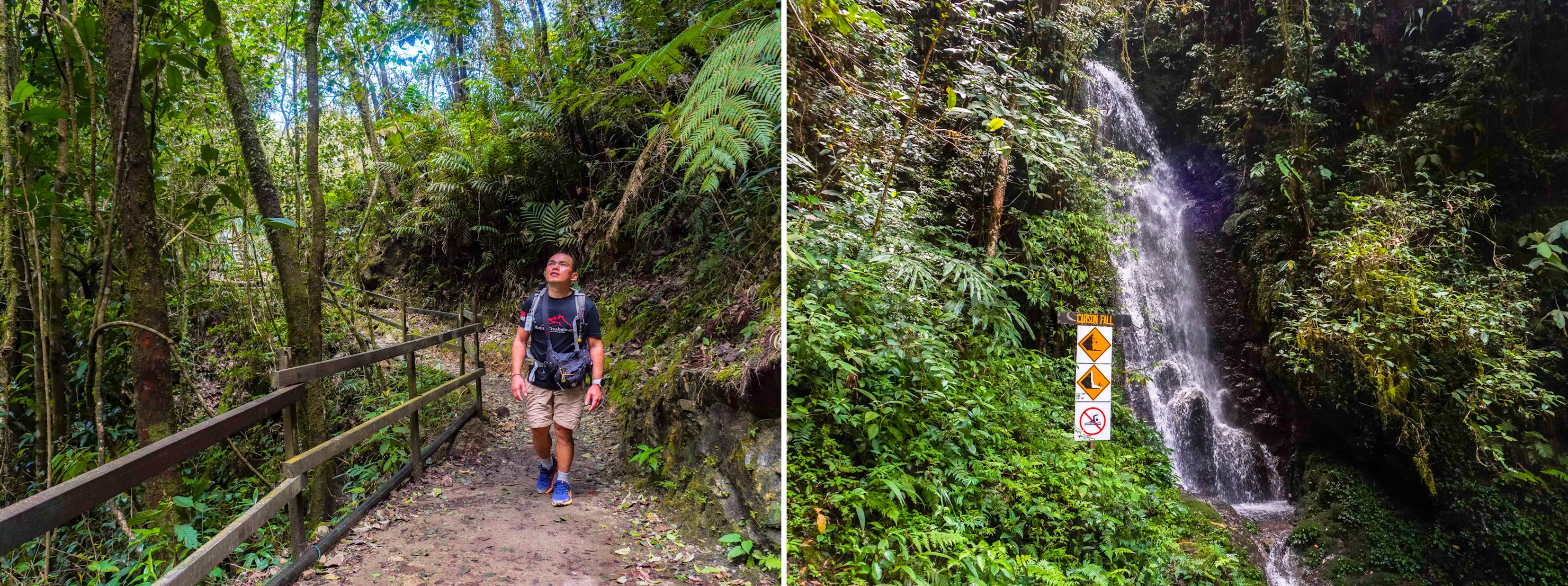
Created in 1964, Kinabalu Park is a UNESCO World Heritage Site covering 754 square kilometres. Located in Sabah, Borneo, it encompasses Mount Kinabalu, Malaysia's highest peak at 4,095.2 metres, Mount Tambuyukon at 2,580 metres as well as Mount Nambuyukong at 1,681 metres. Visitors can access the park from several entry points, including the main entrance at Kinabalu Park Headquarters and additional substations such as Poring Hot Spring, Monggis, Serinsim, Sayap and Nalapak.
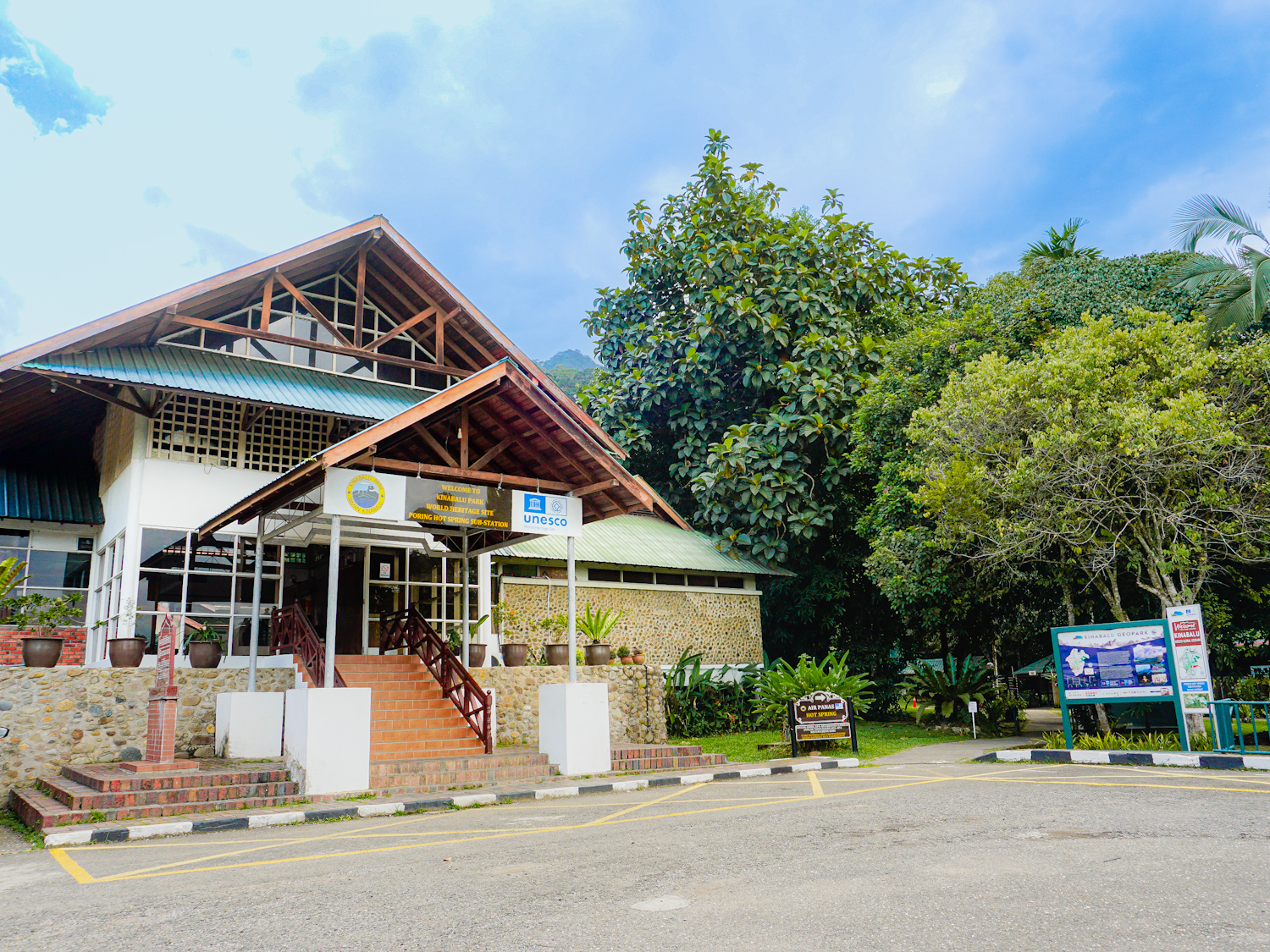
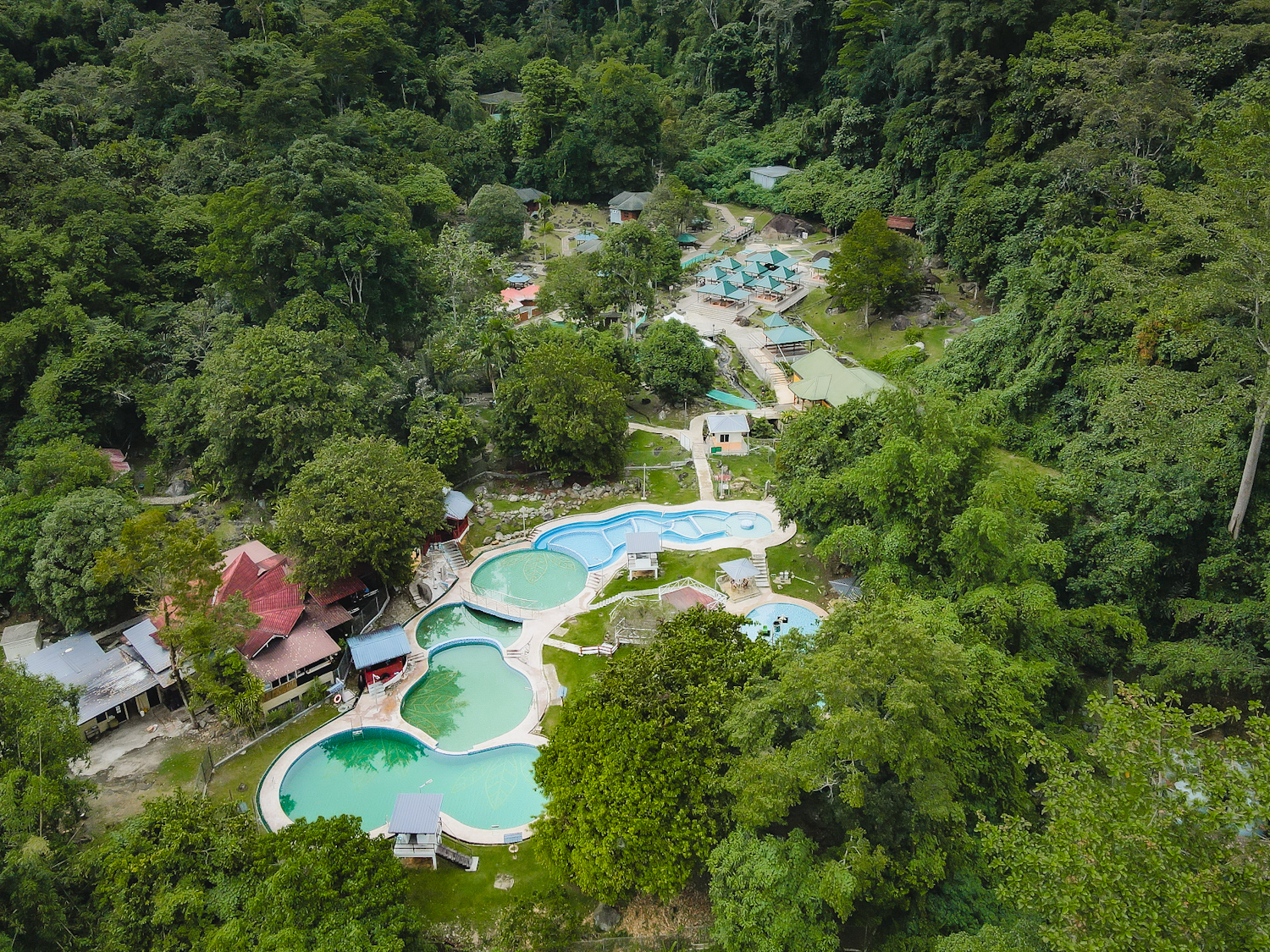
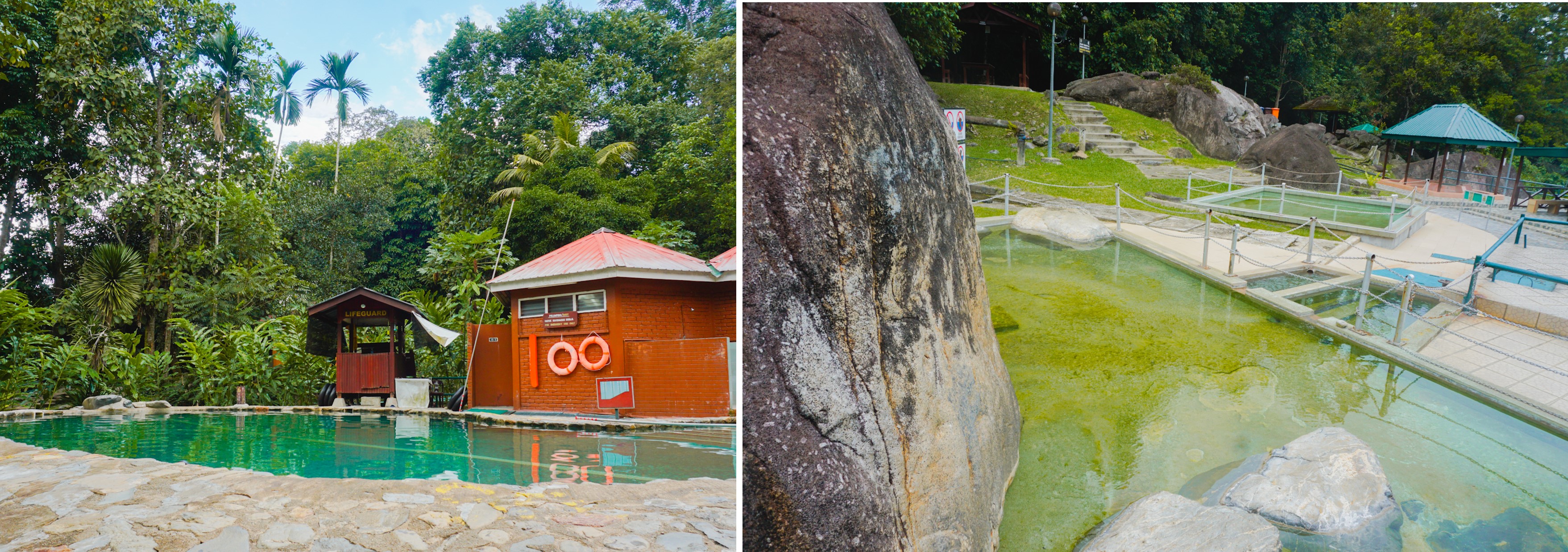
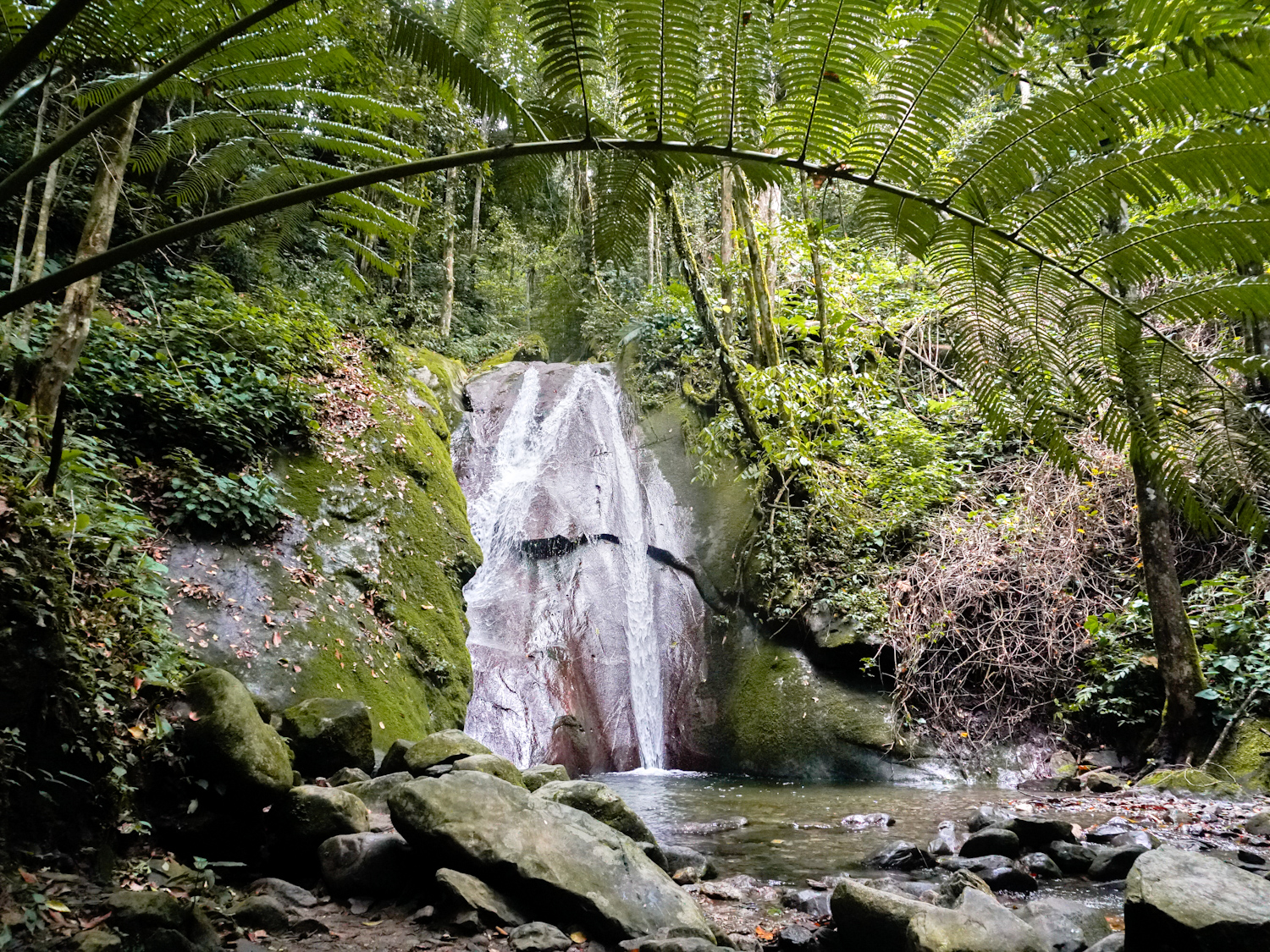
It is worth noting that the Poring Hot Spring substation comes highly recommended by locals, it is also a must-visit destination for tourists due to its wide range of activities. This substation, located 40 kilometres from the Kinabalu Park headquarters, is known for its gigantic bamboo species that thrive in the lush forests surrounding it. A popular choice for day-trippers visiting Kinabalu Park, it provides guests with a variety of interesting activities including open-air and indoor private baths filled with hot sulphurous water from subterranean springs, a cold-water rock pool as well as a free-form swimming pool with water slides. The facility also has a 43-metre-high rainforest canopy walkway that offers breathtaking views of the surrounding countryside. Nature lovers will enjoy the Langganan and Kipungit Waterfalls, as well as the Rafflesia location, which is famed for its stunning blossoms. Furthermore, the Poring Visitor Centre Gallery provides educational displays and insights into the area's natural beauty of biodiversity.
Please be aware that permits for climbing or hiking activities must be secured at least one month in advance, with peak seasons extending from July to September. Additionally, the operation hours for each substation may differ, so it is advisable to check their specific schedules ahead of time.
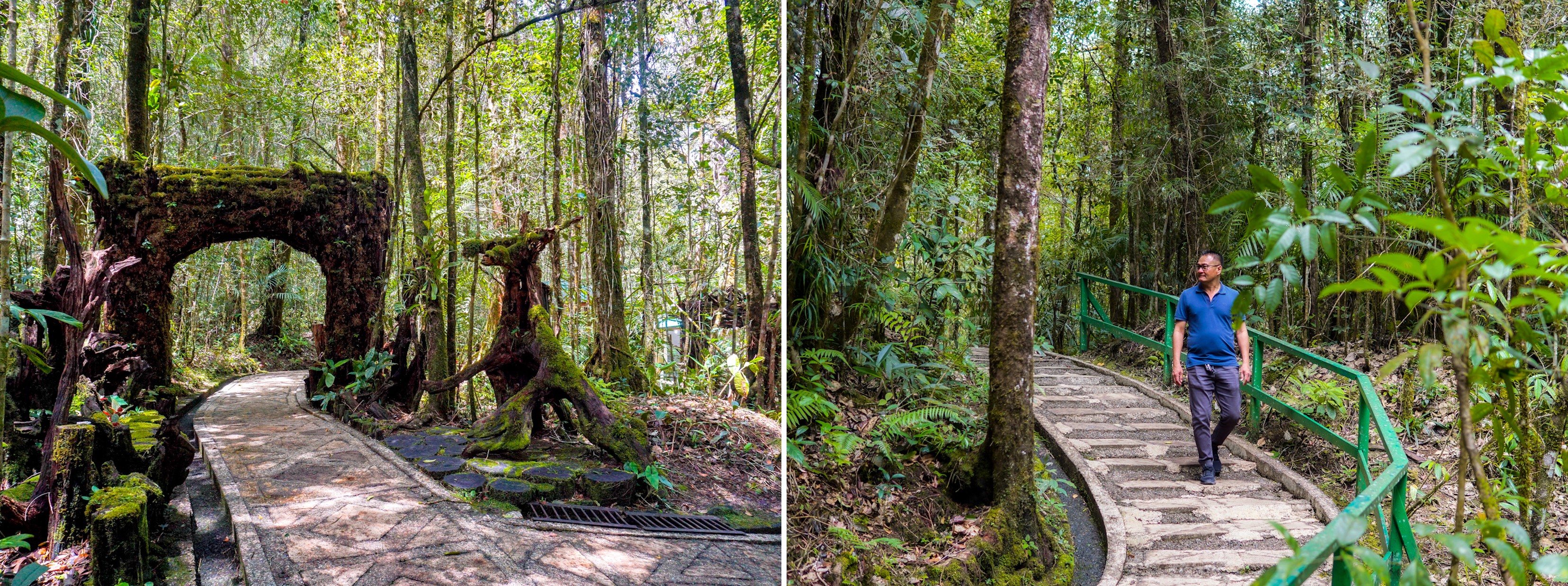

Getting to Kinabalu Park is relatively straightforward, as it is within a two-hour drive from Kota Kinabalu. Travellers may pick from a variety of transportation options including minibuses, shared taxis or express buses, which make for convenient and efficient travel alternatives. For those who prefer more flexibility, car rentals are also available, allowing you to plan your trip around your own schedule.
Kindly visit the official website for further information.
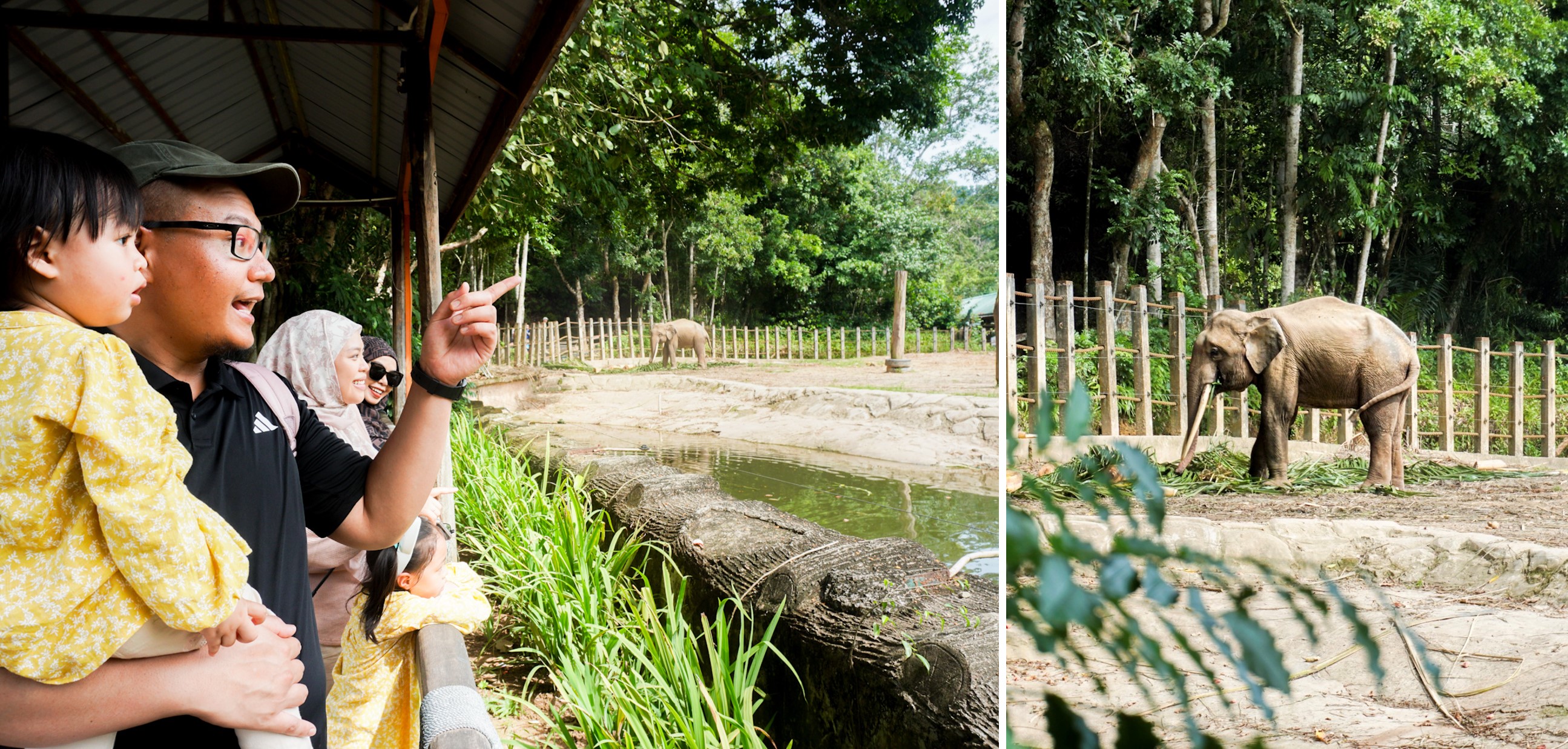
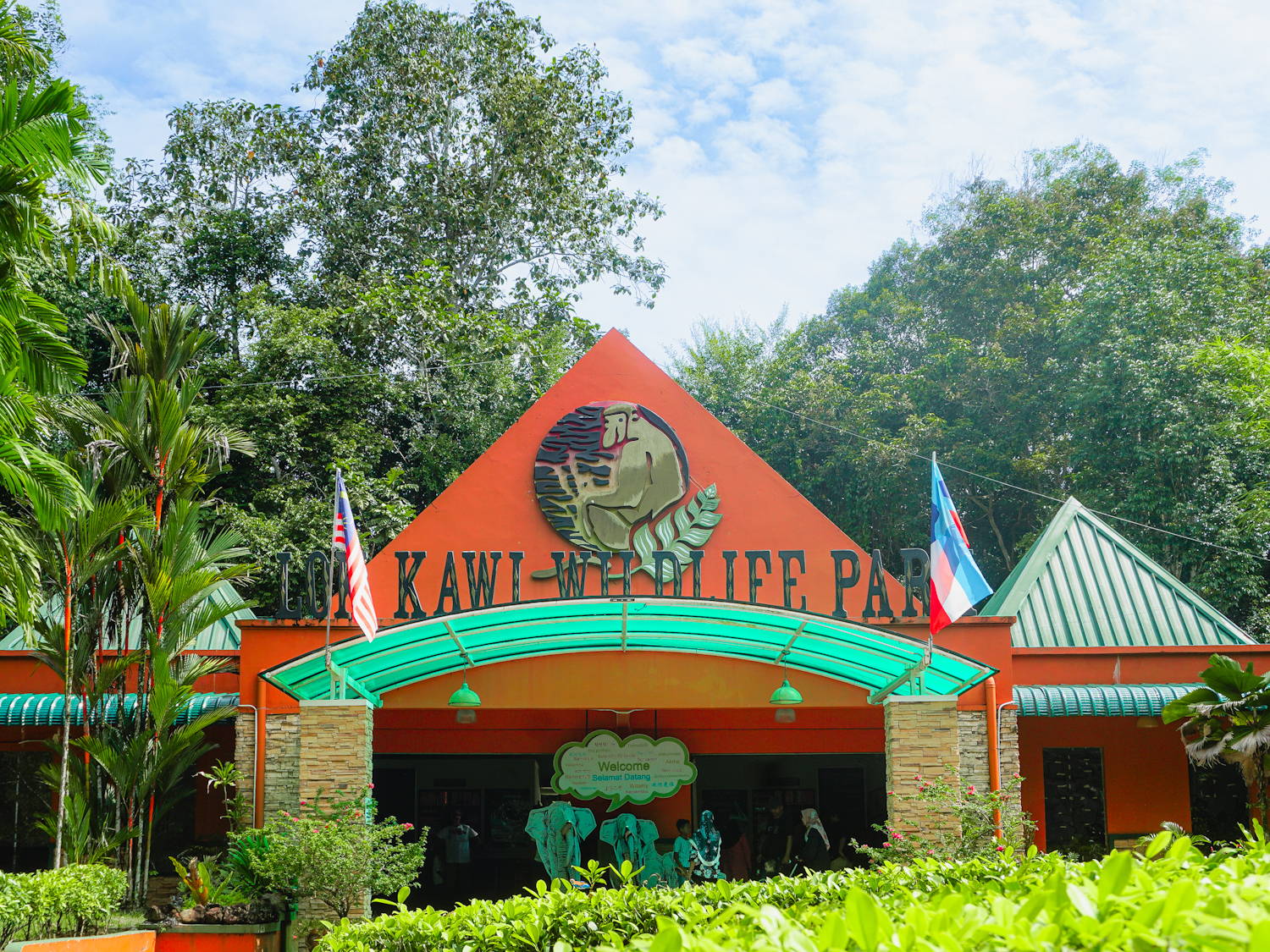
Opened to the general public on February 17, 2007, Lok Kawi Wildlife Park is located along the ancient Penampang-Papar route and is currently managed by the Sabah Wildlife Department.
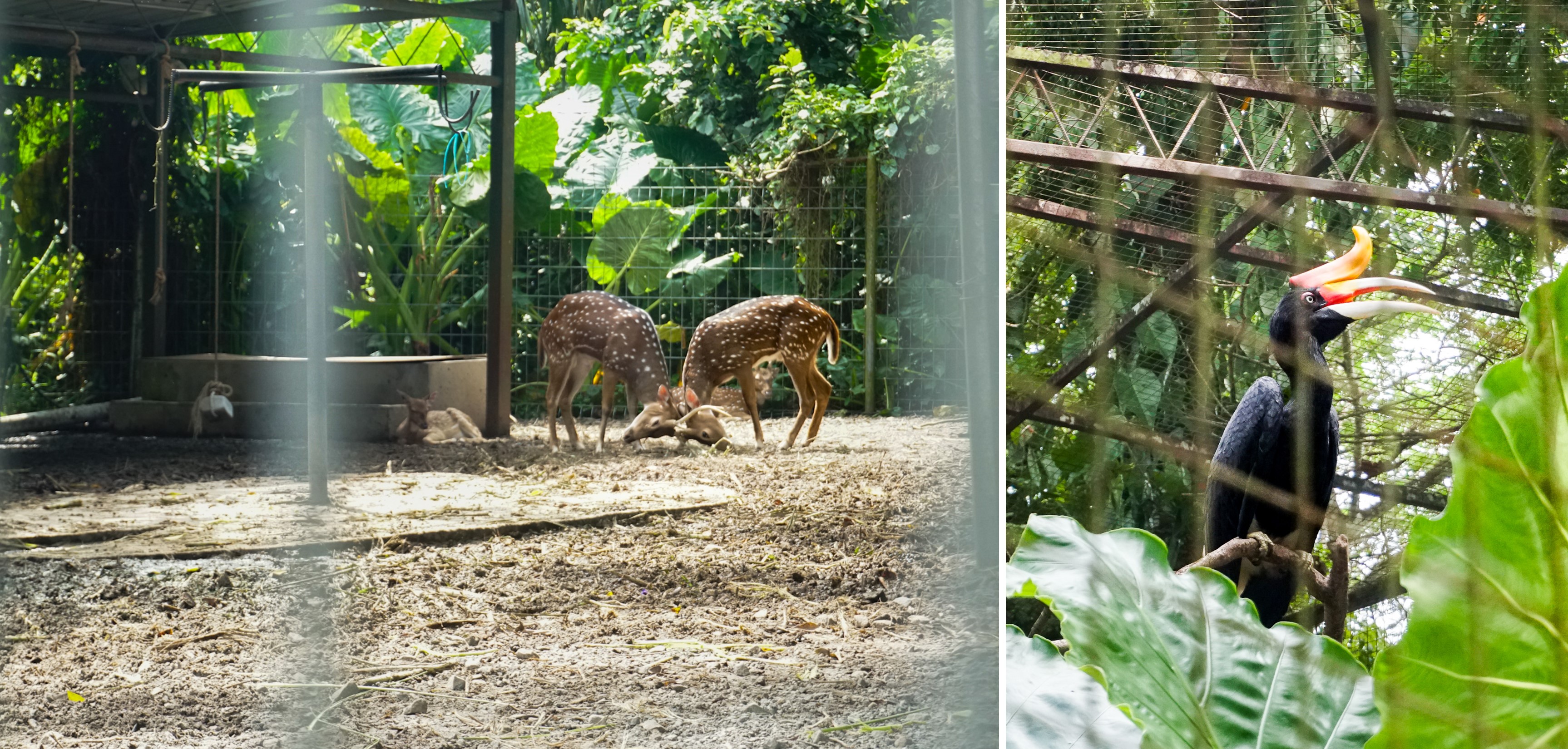
The park consists of two primary sections: Zoological and Botanical. In addition, it strives to create a family-friendly environment, with a special emphasis on its Children's Zoo. The Zoological portion is home to a wide range of creatures, including Borneo Pygmy elephants, Sun Bears, Orangutans, Proboscis monkeys, Malayan tigers, Clouded Leopards, numerous deer species, gibbons, hornbills, otters and Ankole cattle. Visitors can participate in various activities such as feeding the animals, bird-watching, strolling along nature paths and wildlife-viewing. The Botanical component includes a 1.4-kilometre paved track ideal for jungle walking, giving visitors a view of the park's luxuriant vegetation.
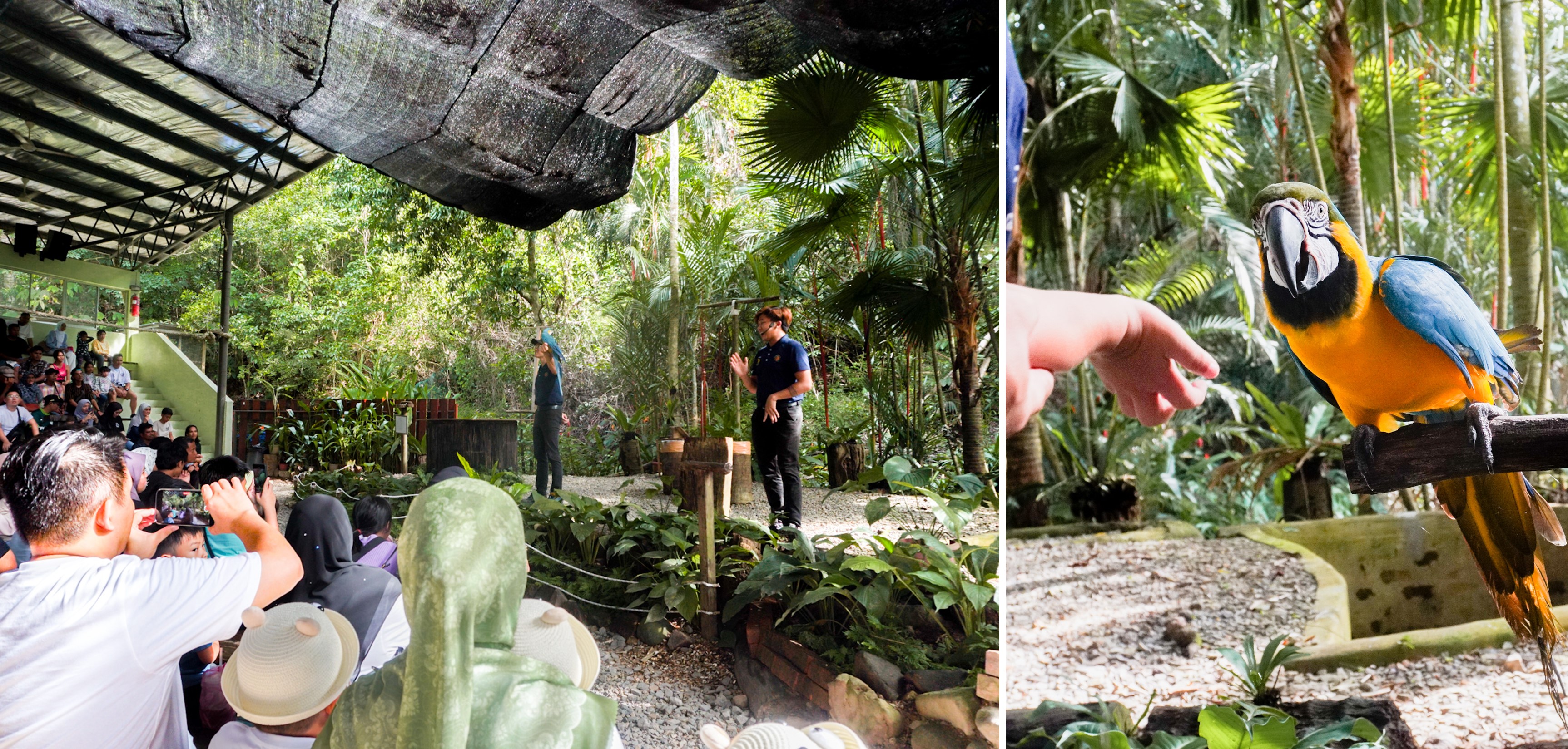
To maximise your visit, try catching the morning feeding sessions to see Hornbills, Clouded Leopards, and Pygmy Elephants up close, or the evening sessions to witness Bear Cats, Sun Bears, Orangutans, Gibbons and Otters. The Amphitheatre also hosts daily animal performances at 11:15AM and 3:15PM, except on Fridays or during inclement weather.
Lok Kawi Wildlife Park is conveniently located just a short drive from Kota Kinabalu, which takes between 30 minutes to an hour. Visitors have various alternatives for getting to the park – either driving, taking a taxi from the city centre, or opting for a rental car. Each option offers a simple and accessible way to discover this fascinating wildlife destination.
Kindly visit the official Facebook page for further information.

Mondikot Deer Camp is located in Kampung Mondikot between the settlements of Kampung Kaiduan and Kampung Bolotikon, providing a peaceful getaway in the quiet upper reaches of the Papar River. This camp, which spans 10 acres, offers a lovely location with views of the clean Papar River and a quiet ambience ideal for city folks seeking refuge from metropolitan life.
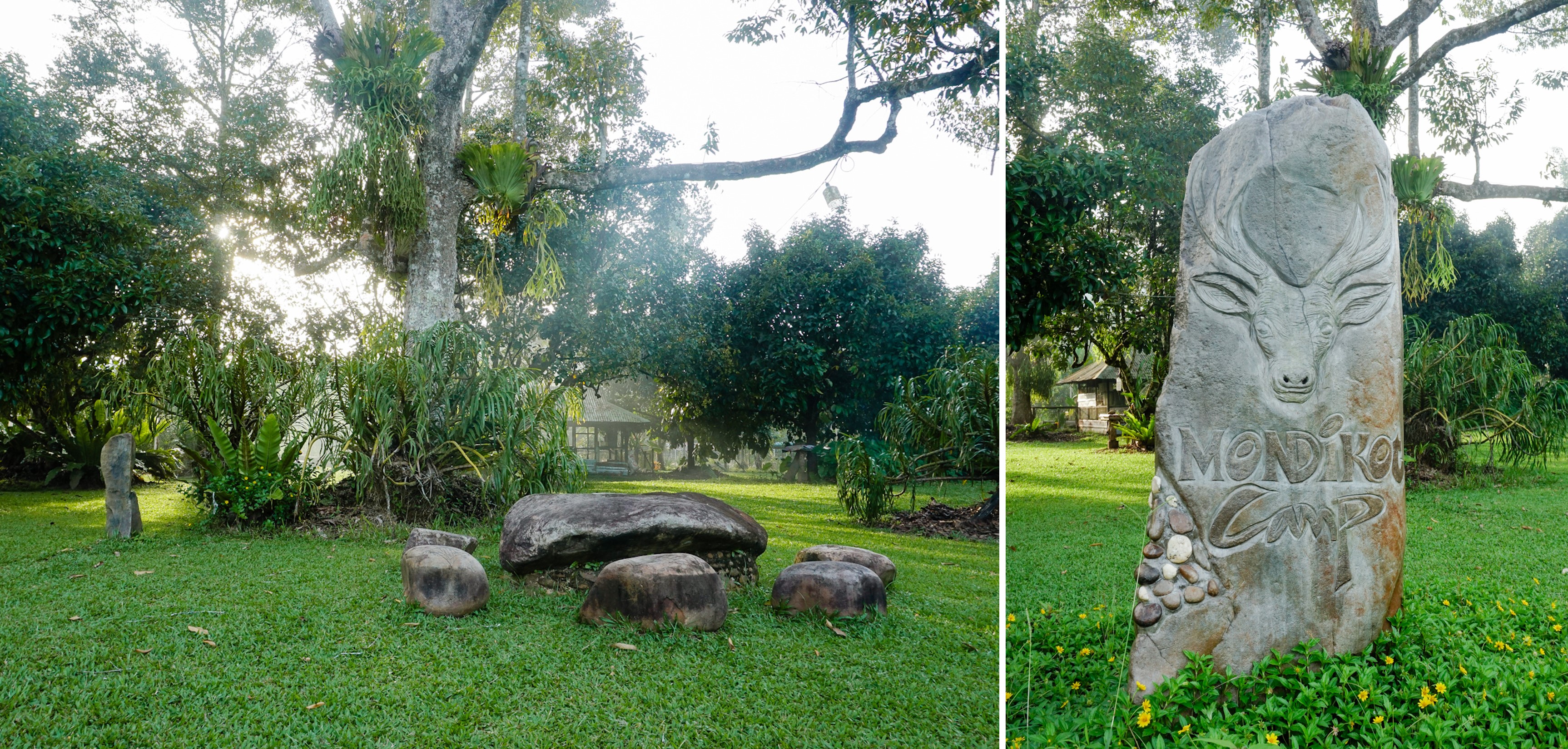
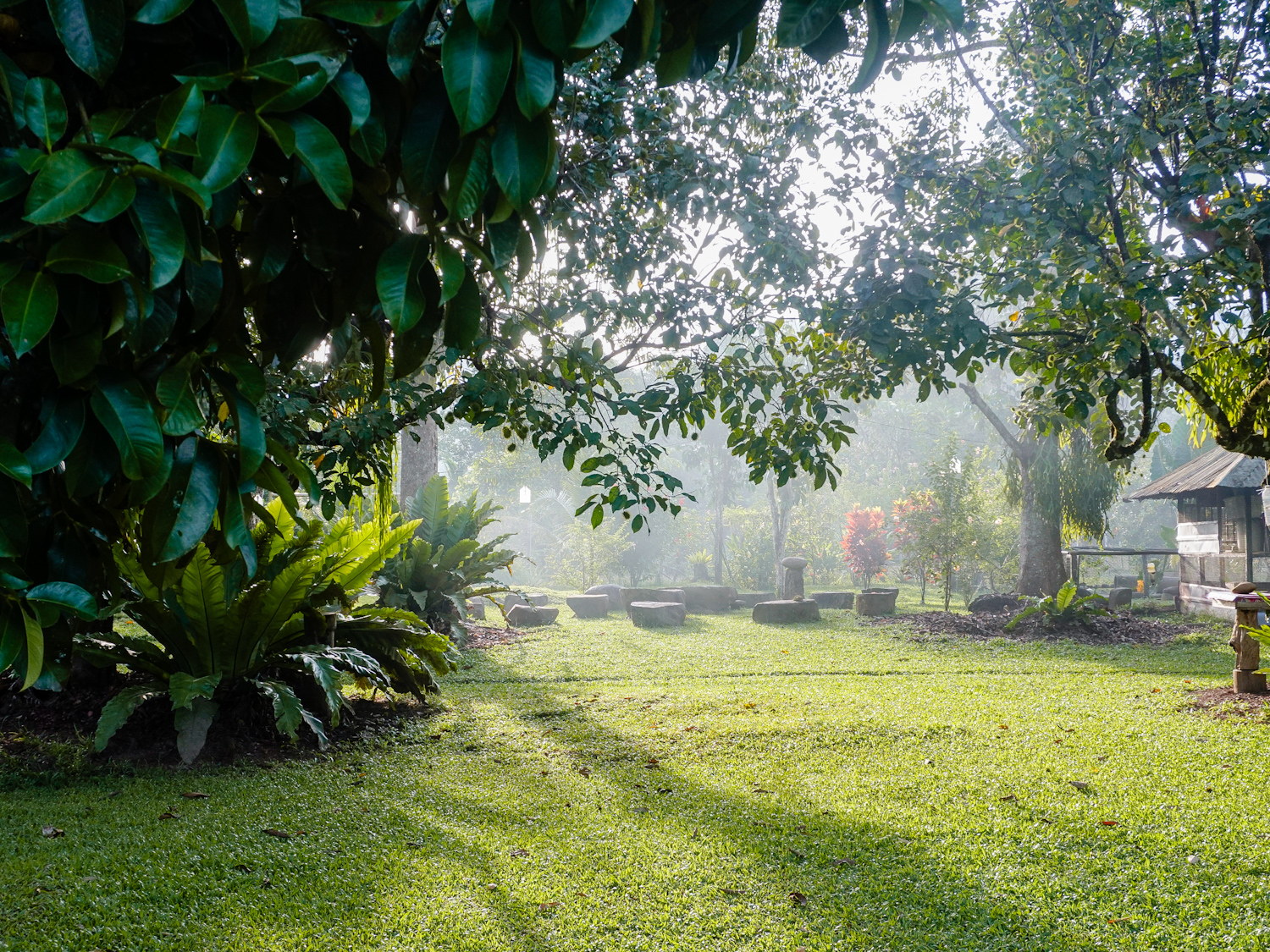
The camp offers several amenities including a covered sleeping space, a recreational and dining area, tents, restrooms and a spot for a campfire. For added convenience, separate cabins with en-suite baths are also available. Guests may enjoy fishing in the camp's ponds, explore the tropical fruit orchard, or visit the animal farm, which includes exotic fruits and the opportunity to feed the animals. On the last night of your visit, a unique bonfire will be set up to end the adventure in style. For a safer journey, follow Jalan Putatan and Route 3/A2/AH150 to get to the Mondikot Deer Camp.
Mondikot Deer Camp is ideally positioned around an hour’s drive from Kota Kinabalu City Centre. To reach this tranquil wildlife retreat, visitors have a couple of straightforward options. Either book a taxi for a direct and hassle-free ride or rent a car, which allows you to explore the surrounding region in your own time. Please note that no minibuses or rapid buses are currently serving Kampung Mondikot, so the above-mentioned options remain your best bet for a comfortable and pleasurable journey to the camp.
Kindly visit the official Facebook page for further information.
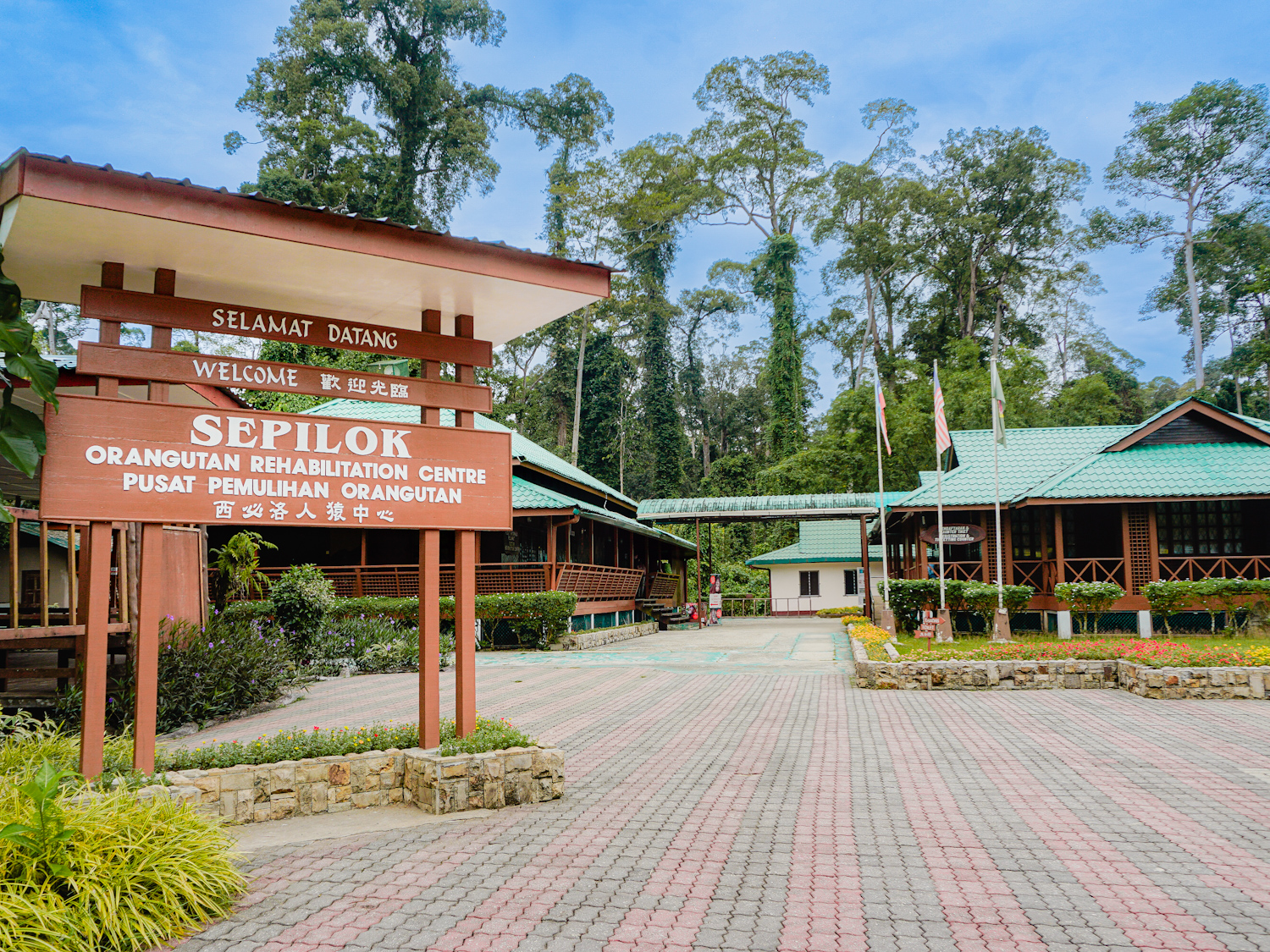
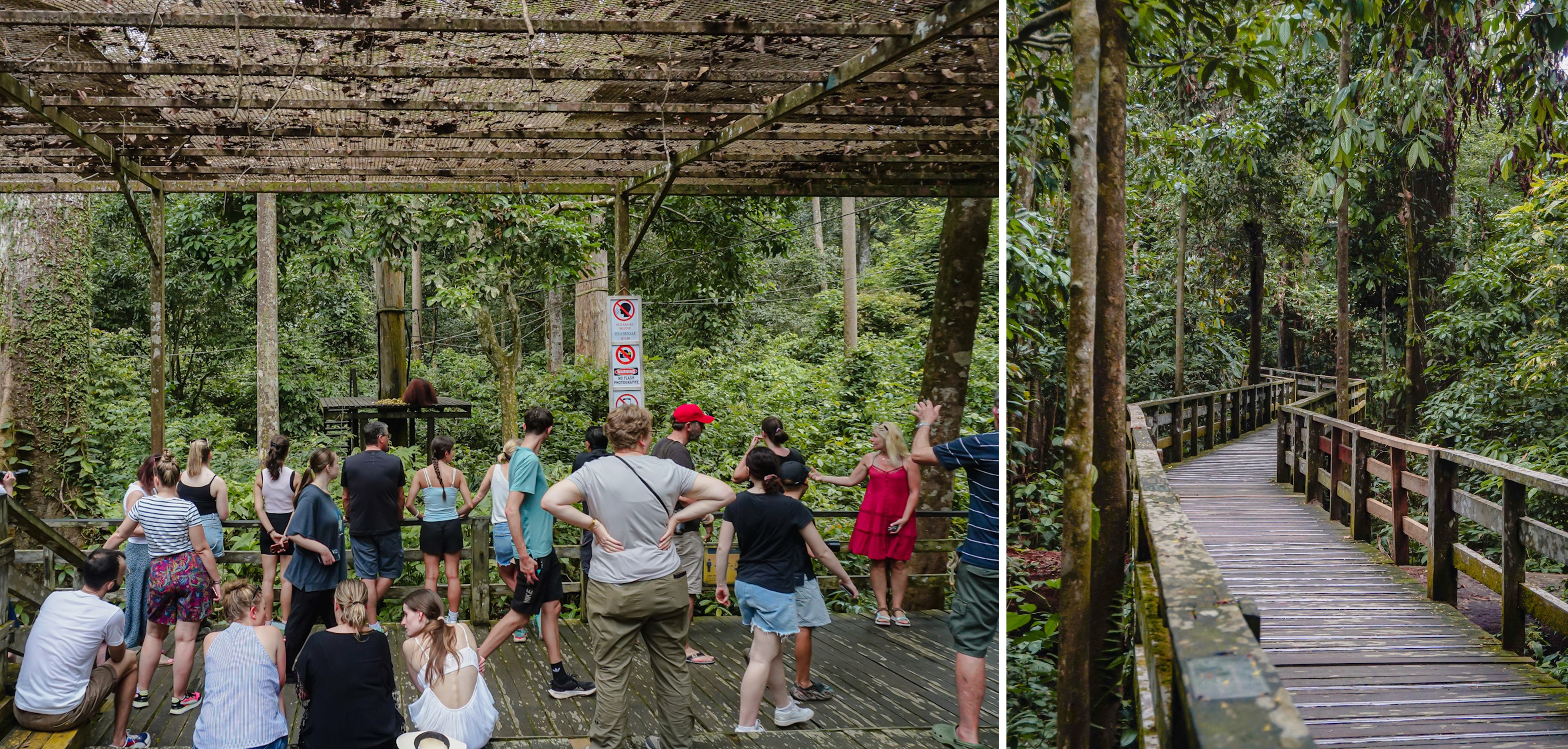
Sepilok Orangutan Rehabilitation Centre was established in 1964 and is the world's first institution dedicated to orangutan rehabilitation. The centre aims to provide shelter for orphaned and wounded orangutans, one of the world's most endangered primates. The institution is equipped with a clinic, treatment unit and nurseries. Currently, between 60 to 80 orangutans live freely in the rainforest reserve, with roughly 25 orphaned orangutans receiving care in nurseries.
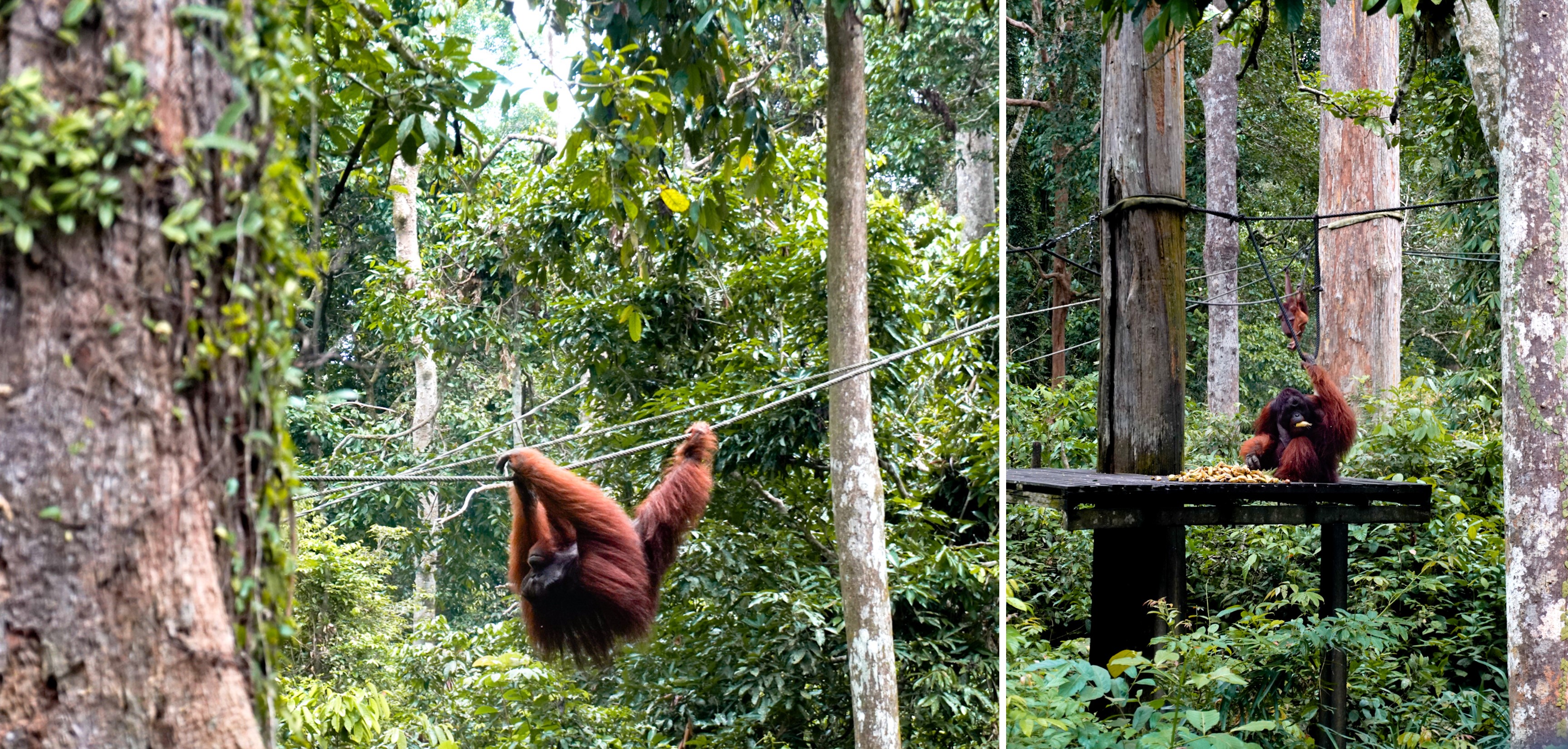
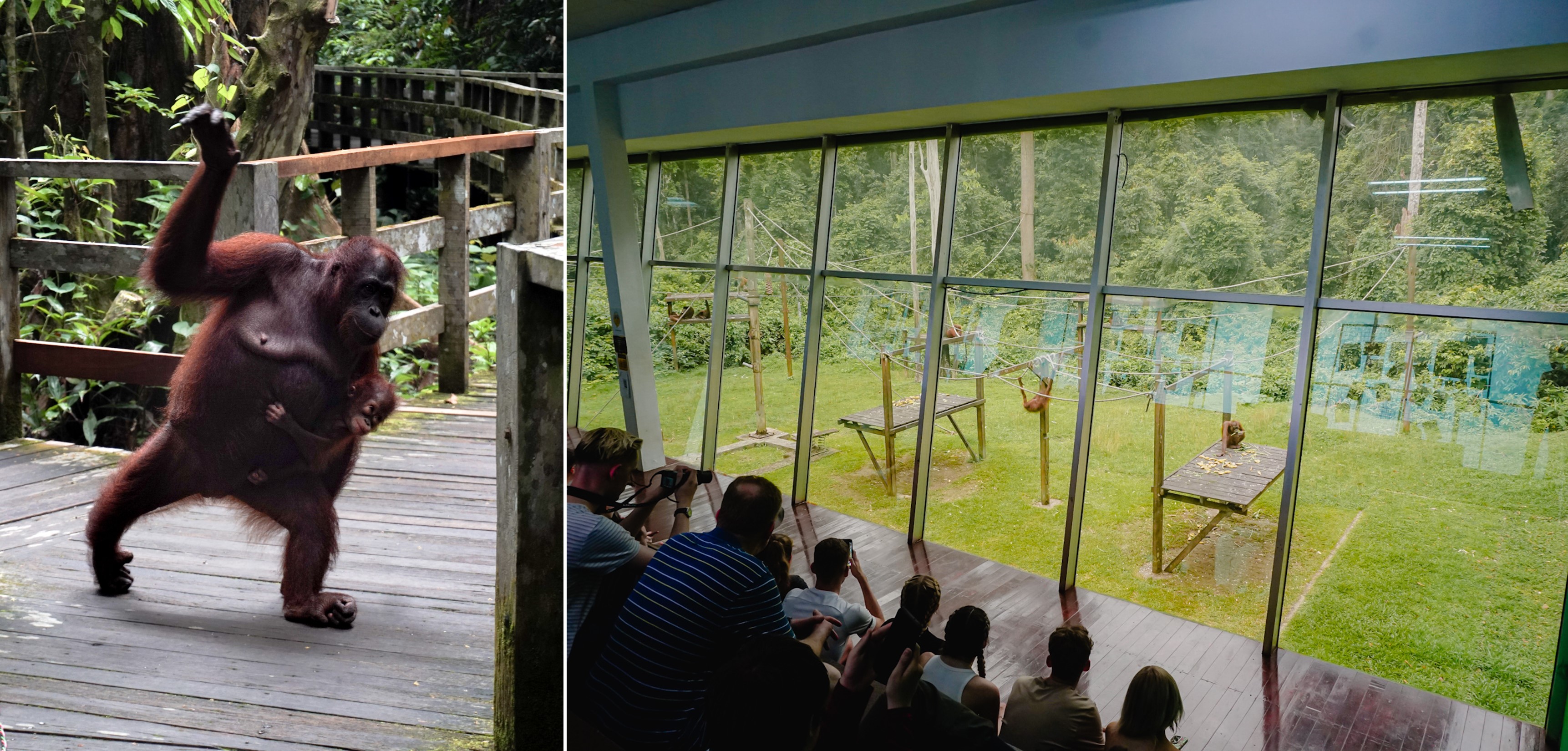
To see orangutans up close, visit the feeding platform daily at 10:00AM and 3:00PM. Younger orangutans can be seen playing in the Outdoor Nursery as part of their rehabilitation programme. The centre also offers an Adoption Programme for Orangutans through SORC and Appeal UK. The AV Room features a film presentation on conservation efforts, plus displays about orangutans and Borneo. If you are lucky, you might meet Malim, the largest and most dominant orangutan there.
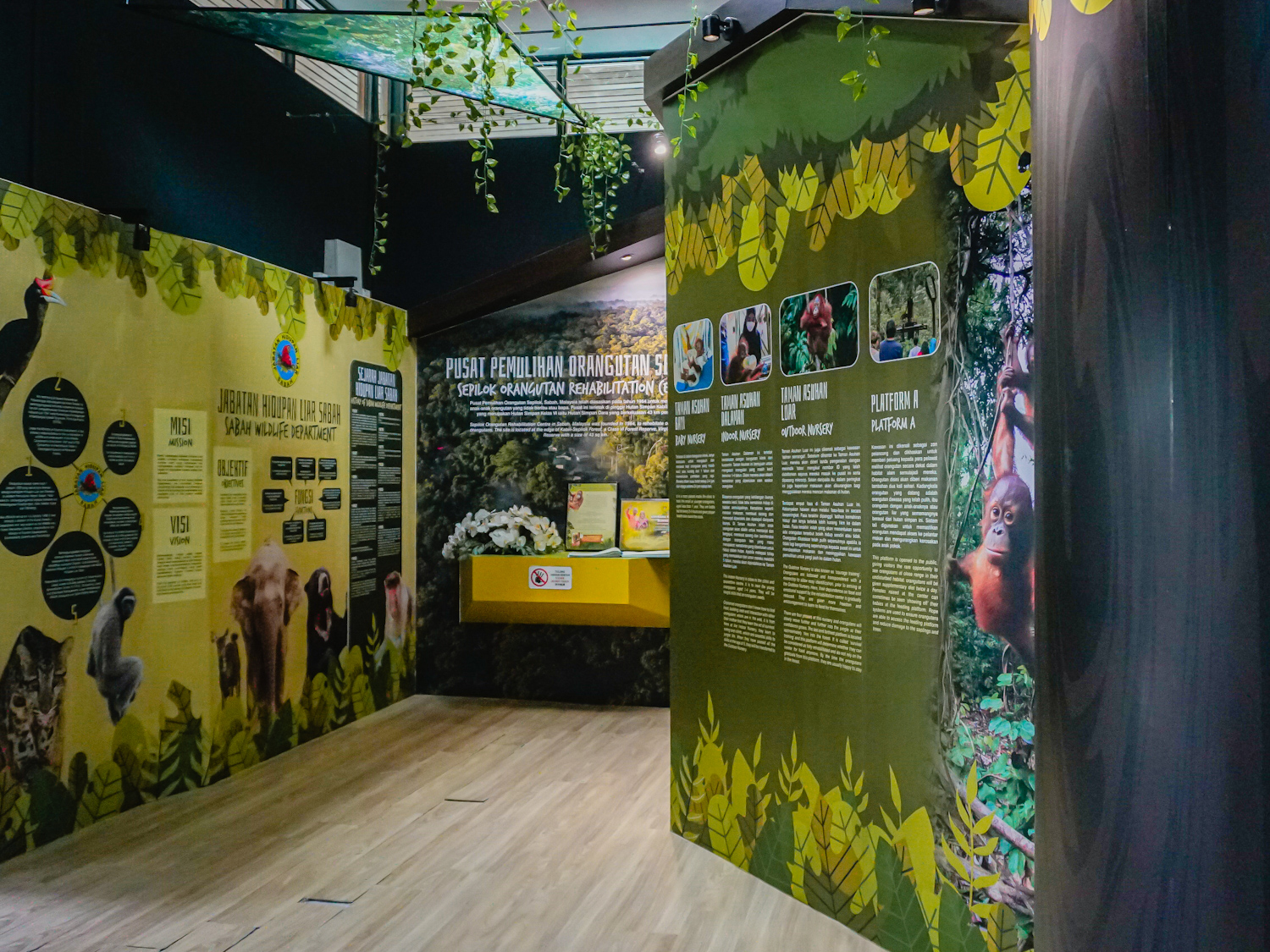
Begin your trip by travelling from the Kota Kinabalu International Airport to Sandakan Airport, which is a quick and effective choice with stunning aerial views of Borneo. Alternatively, take an express bus from Kota Kinabalu to Sandakan. This bus journey offers a gorgeous path into the heart of Sabah and is a pleasant option if you enjoy overland travel.
Once in Sandakan, you have various alternatives for getting to the Sepilok Orangutan Rehabilitation Centre. Regular minibus services operate between Sandakan City and Sepilok, making travel both easy and cost-effective. Consider renting a vehicle or taking taxis from Sandakan City for greater flexibility and comfort, allowing you to customise your trip and explore the local area at your own pace.
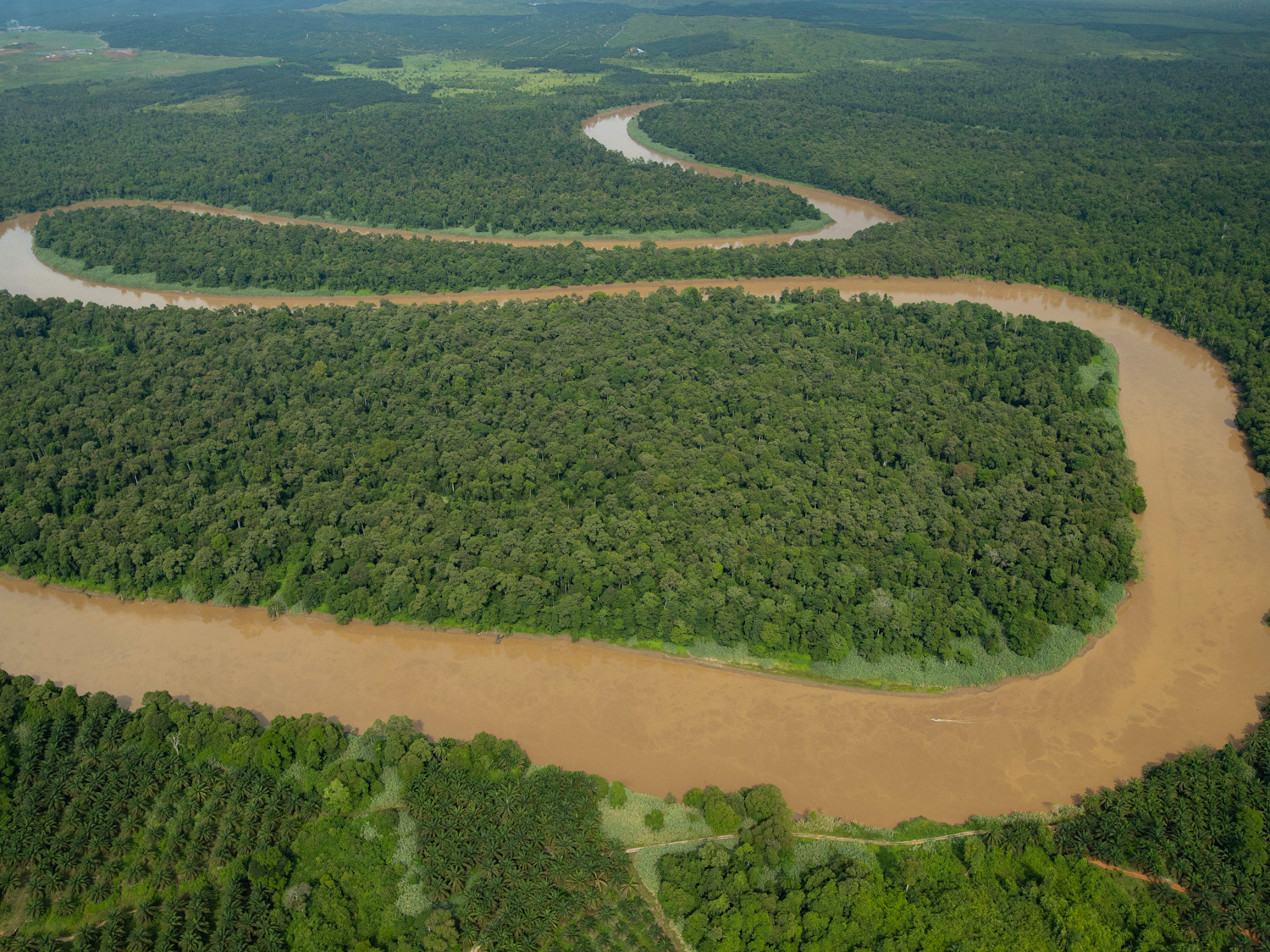
The Lower Kinabatangan River, which stretches 560 kilometres from its source in Southwest Sabah to its outflow in the Sulu Sea, is known for supporting one of the world's most dynamic ecosystems. This river basin, recognised as Sabah's first and Malaysia's largest RAMSAR site, is a refuge for Borneo's Indigenous orangutans and proboscis monkeys, as well as one of only two places in the world where 10 species of primates cohabit.
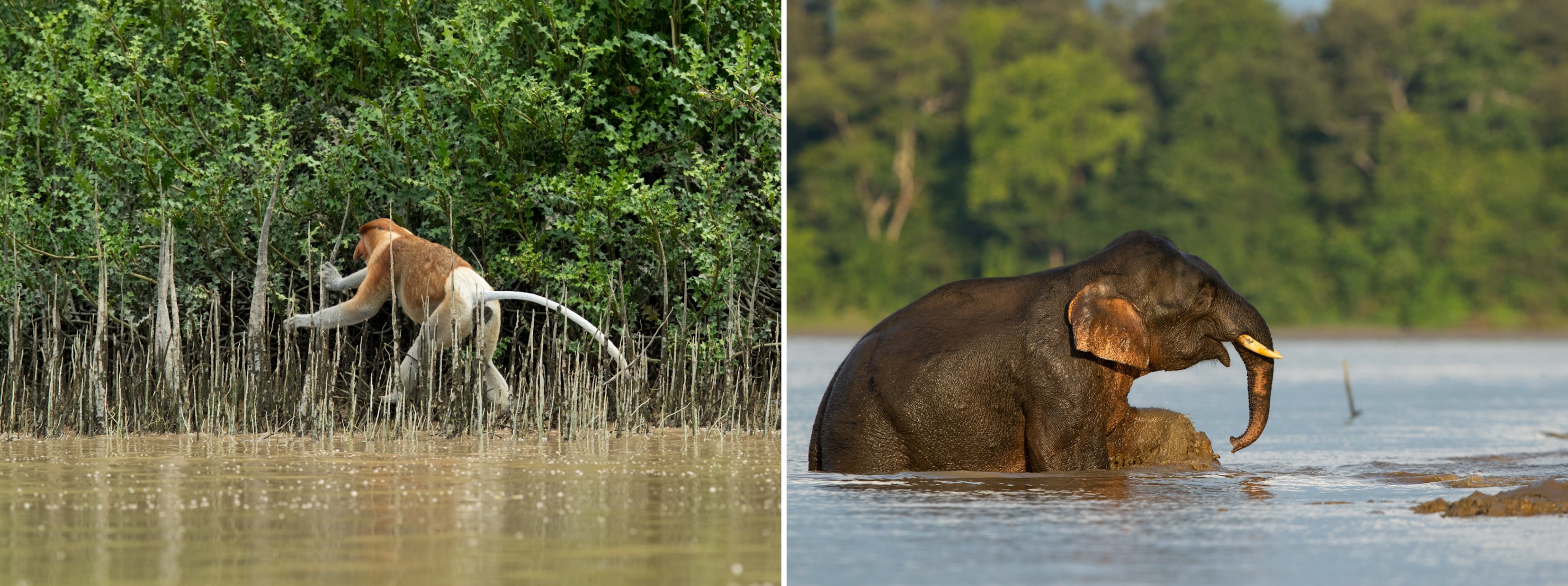
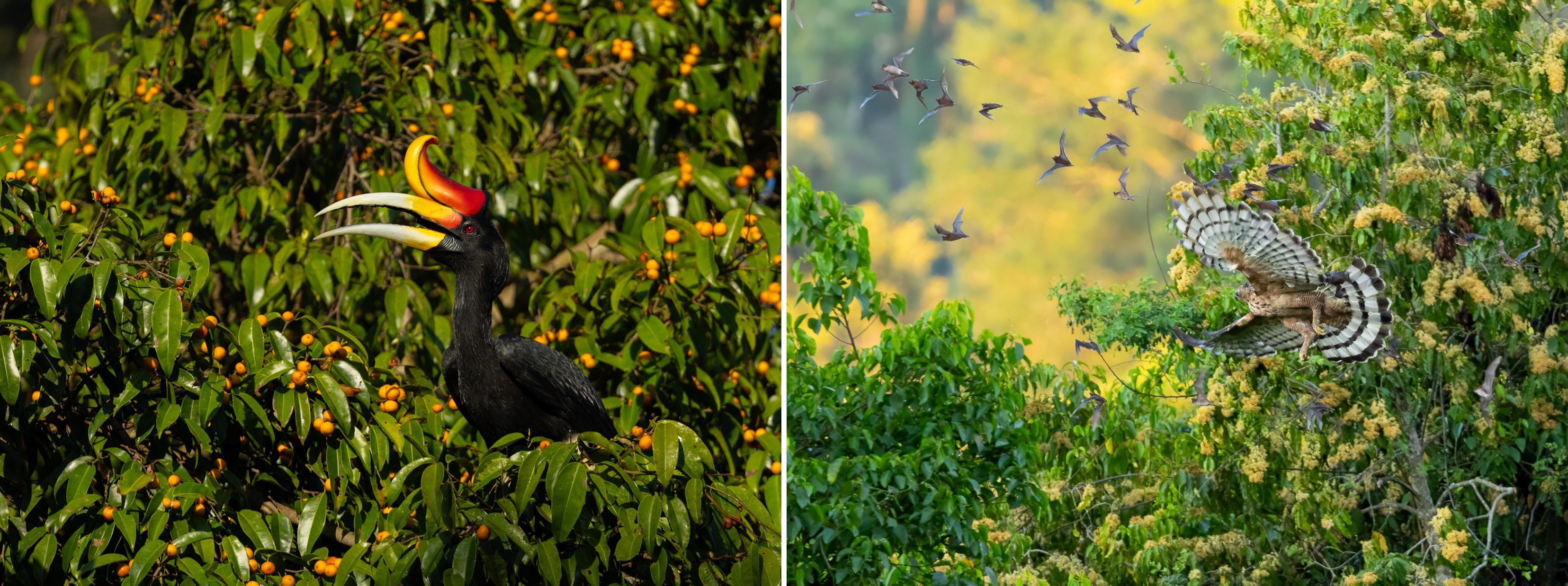
The Kinabatangan Wildlife Sanctuary, established under the State's Wildlife Conservation Enactment of 1997, comprises 26,000 hectares. The varied bird species found here help to justify its status as an Important Bird Area (IBA). A river cruise at dawn or dusk provides the finest opportunity to view the abundant wildlife, which includes Bornean pygmy elephants, proboscis monkeys, wild orangutans and crocodiles.
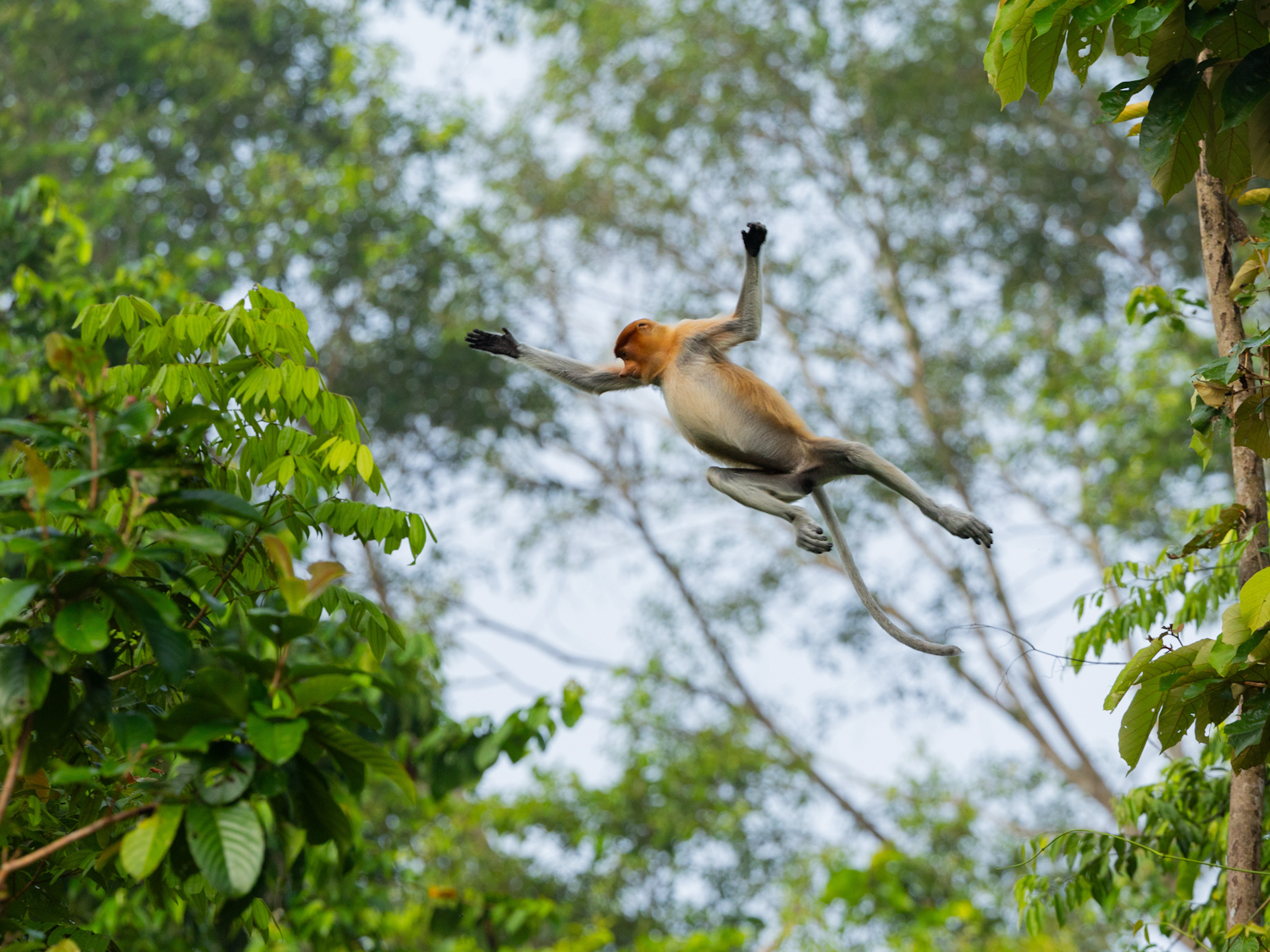
Local tour companies are the best channels to help you travel around the region, offering packages that include bird-watching trips, night hikes, and cruises to see nocturnal animals. These packages usually include lodging (varying from budget to luxury river lodges), transportation, and meals in places such as Sukau, Bilit and Abai. While an overnight vacation is doable, a minimum of three days is suggested for the best wildlife exploration. Additionally, do not miss out on visiting the Gomantong Cave, which is Sabah’s largest cave and a key source of edible bird’s nests, as well as the Agop Batu Tulug Cave.
Start your adventure by travelling from the Kota Kinabalu International Airport to Sandakan Airport. This flight is relatively short and offers stunning views of Borneo's various landscapes. You may also take an express bus from Kota Kinabalu to Sandakan town. This bus travel takes you through Sabah's incredible scenery, allowing for a pleasant and pleasurable experience.
Upon arrival in Sandakan, you have numerous alternatives for getting to the Kinabatangan Wildlife Sanctuary. Many tourists choose to organise transport through tour operators, which may provide a wide selection of travel packages. A lovely boat trip, which lasts around 1.5 to two hours whilst giving you a unique view of the riverine environment, is one choice. Alternatively, you may take an overland route, which also takes around 1.5 hours and can be organised through local transport services or excursions.
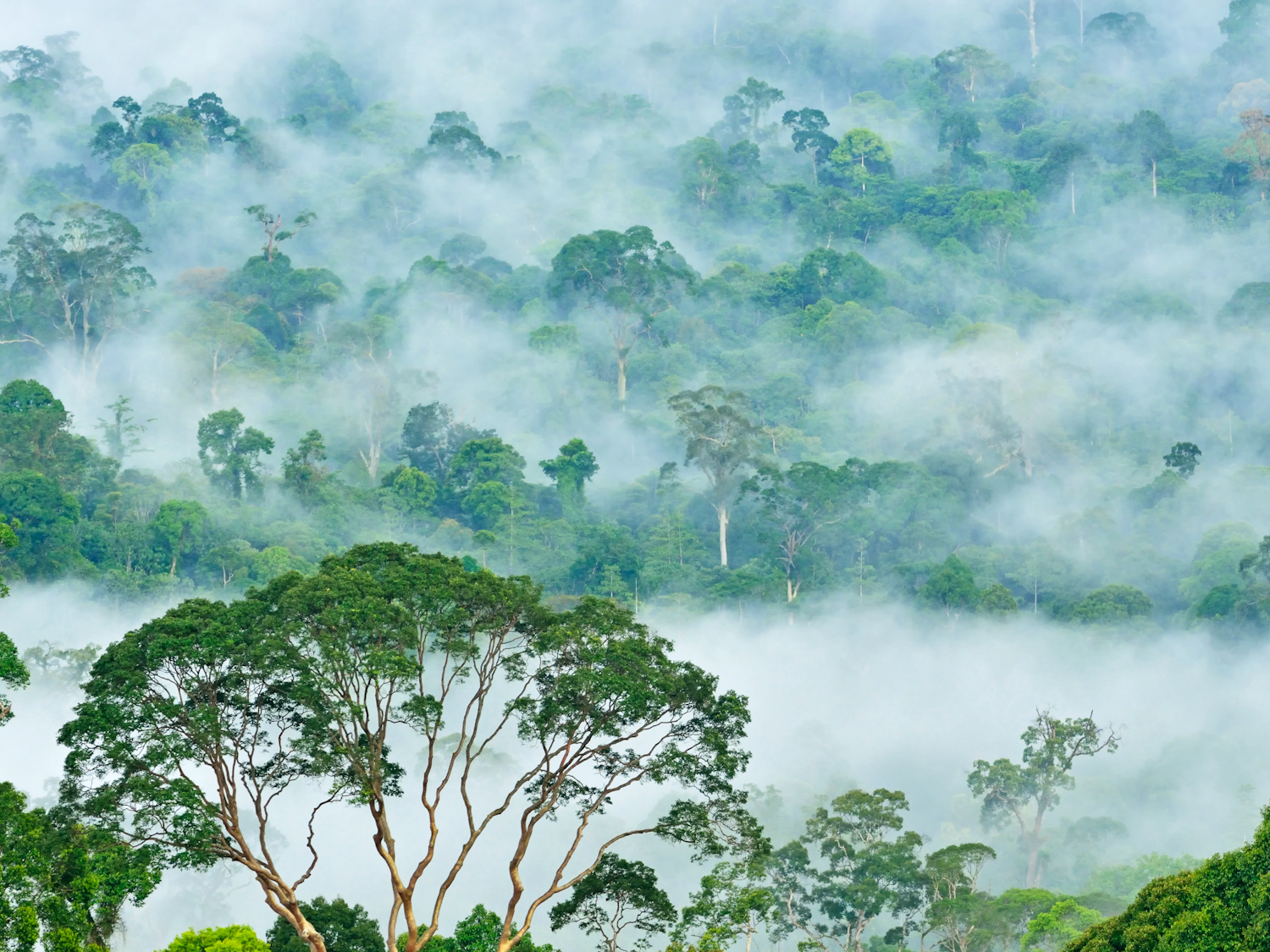
Danum Valley Conservation Area is home to a 130 million-year-old ancient rainforest, covering 438 square kilometres, including some of Borneo's oldest rainforests. The reserve is known for its towering trees, with the highest reaching 100.8 metres above the forest floor.
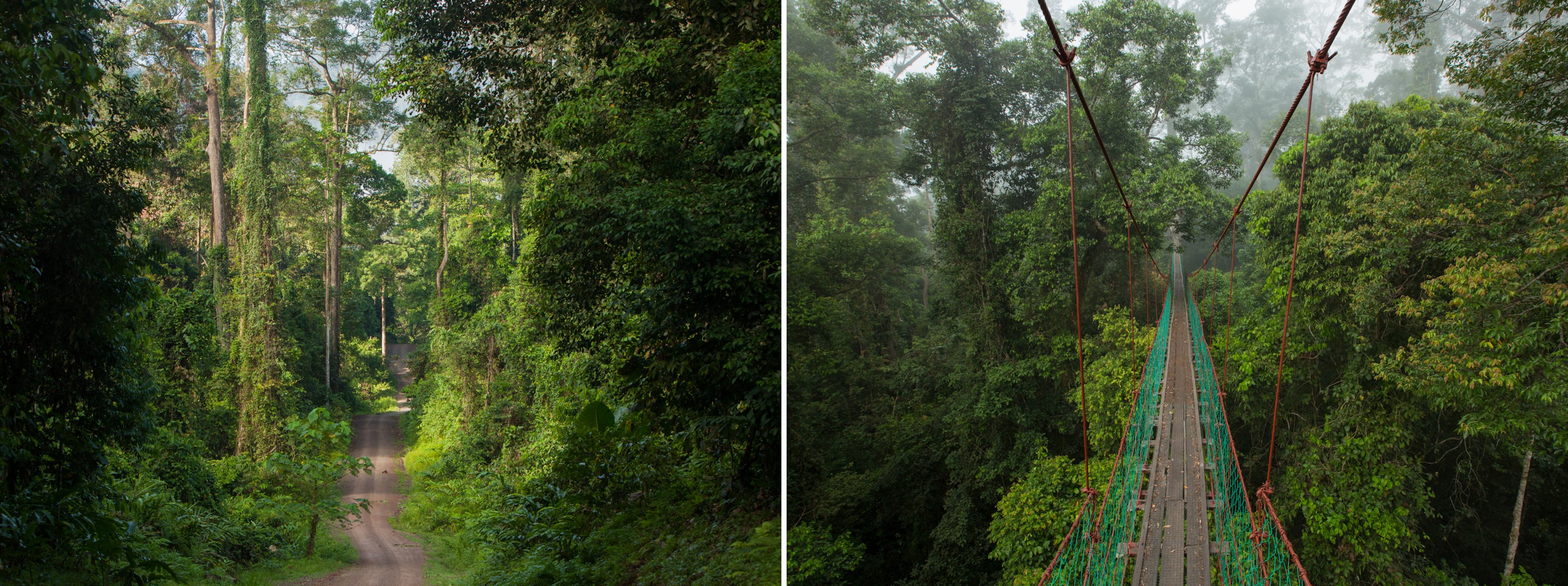
Danum Valley represents pristine primary lowland tropical forests, with a diverse range of vegetation and wildlife. It provides an exceptional opportunity to observe Borneo's renowned species, including Bornean pygmy elephants, clouded leopards, gibbons, orangutans, red-leaf monkeys and hornbills in their native habitats. The wide route network allows visitors to fully immerse themselves in the forest, where animals are used to human presence, resulting in more consistent sightings than other places.
Accommodation options catering to various budgets and preferences are available:
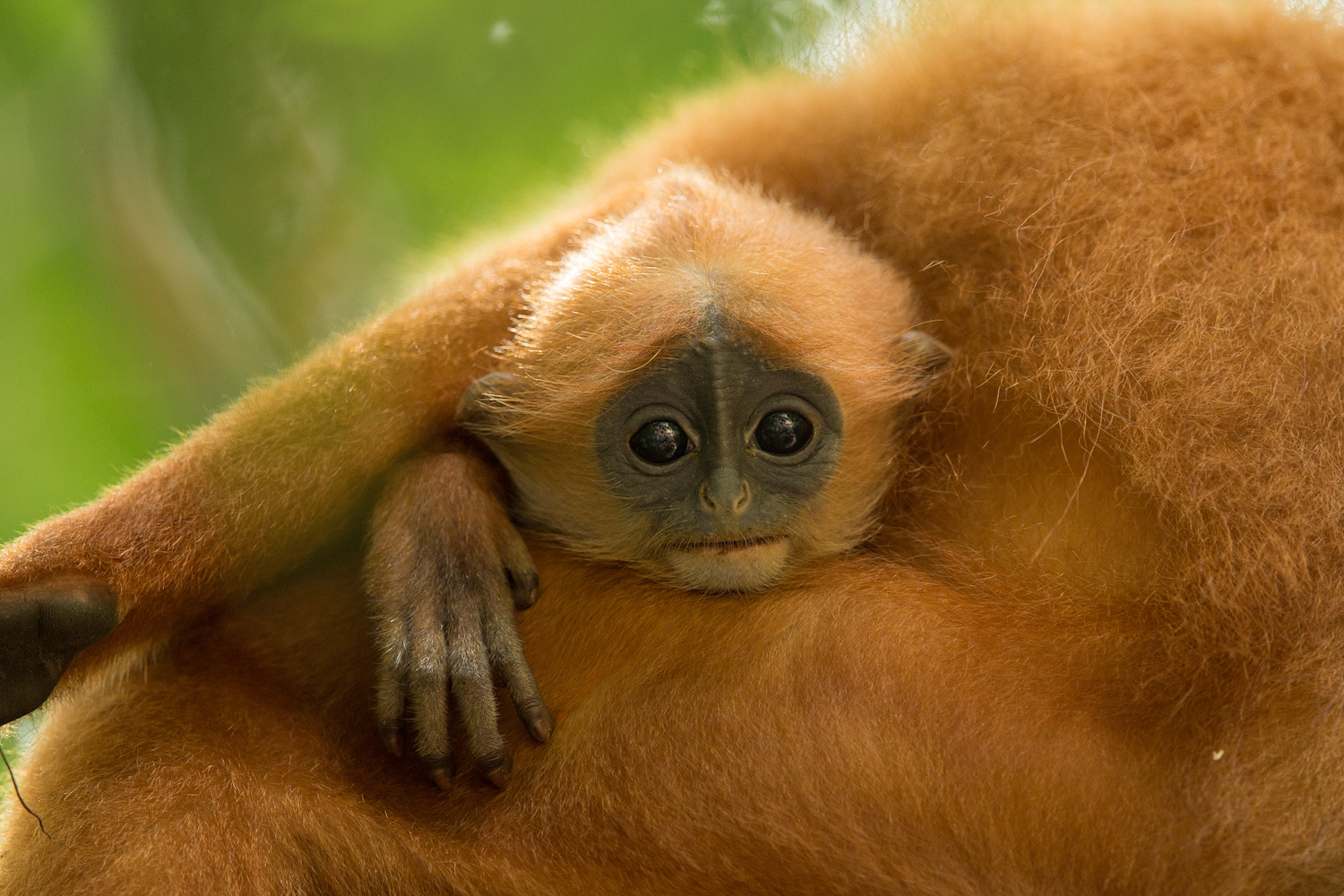
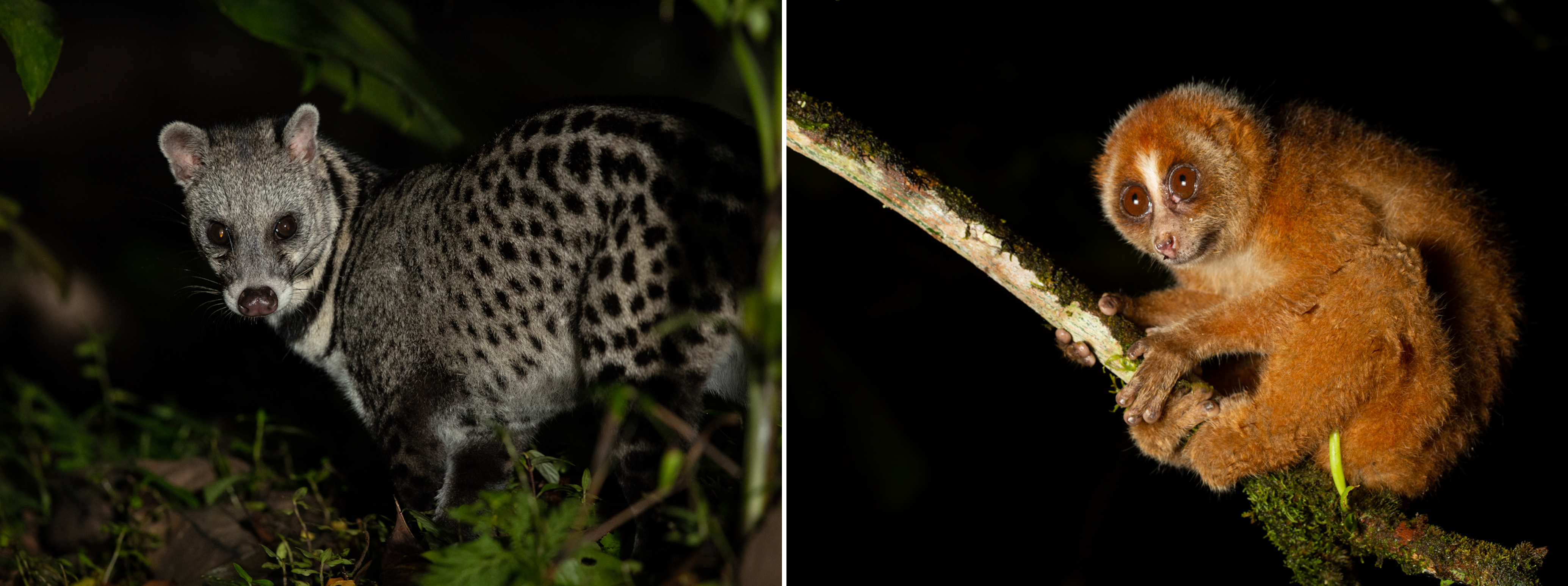
Key activities include jungle trekking through Borneo's ancient rainforest, animal viewing, night hike, and night drives to see nocturnal critters. Consider catching the sunrise in Bukit Atur for an unforgettable experience. Self-guided exploration is not authorised; tourists must schedule tours through local tour organisations that supply licensed guides. These packages sometimes follow specialised routes and guides to improve the chances of wildlife encounters.
Start your adventure by travelling to Lahad Datu, a beautiful village along Sabah's southeast coast. This journey gives you a view into the rural landscapes of Borneo, laying the groundwork for your tour of the region. For a more picturesque route, try taking a minivan. Minivans depart from a variety of sites including Kota Kinabalu, Sandakan, Tawau and Semporna, offering a scenic journey across Sabah's diverse terrain while adding a bit of local character to your vacation.
Once you get to Lahad Datu, continue your journey to Danum Valley Conservation Area, which is approximately 81 kilometres away. The first 15 kilometres of the journey is on paved roads, after which you will enter the Yayasan Sabah Group logging path. This section of the journey is more rugged, reflecting the wild beauty of the rainforest that surrounds Danum Valley.
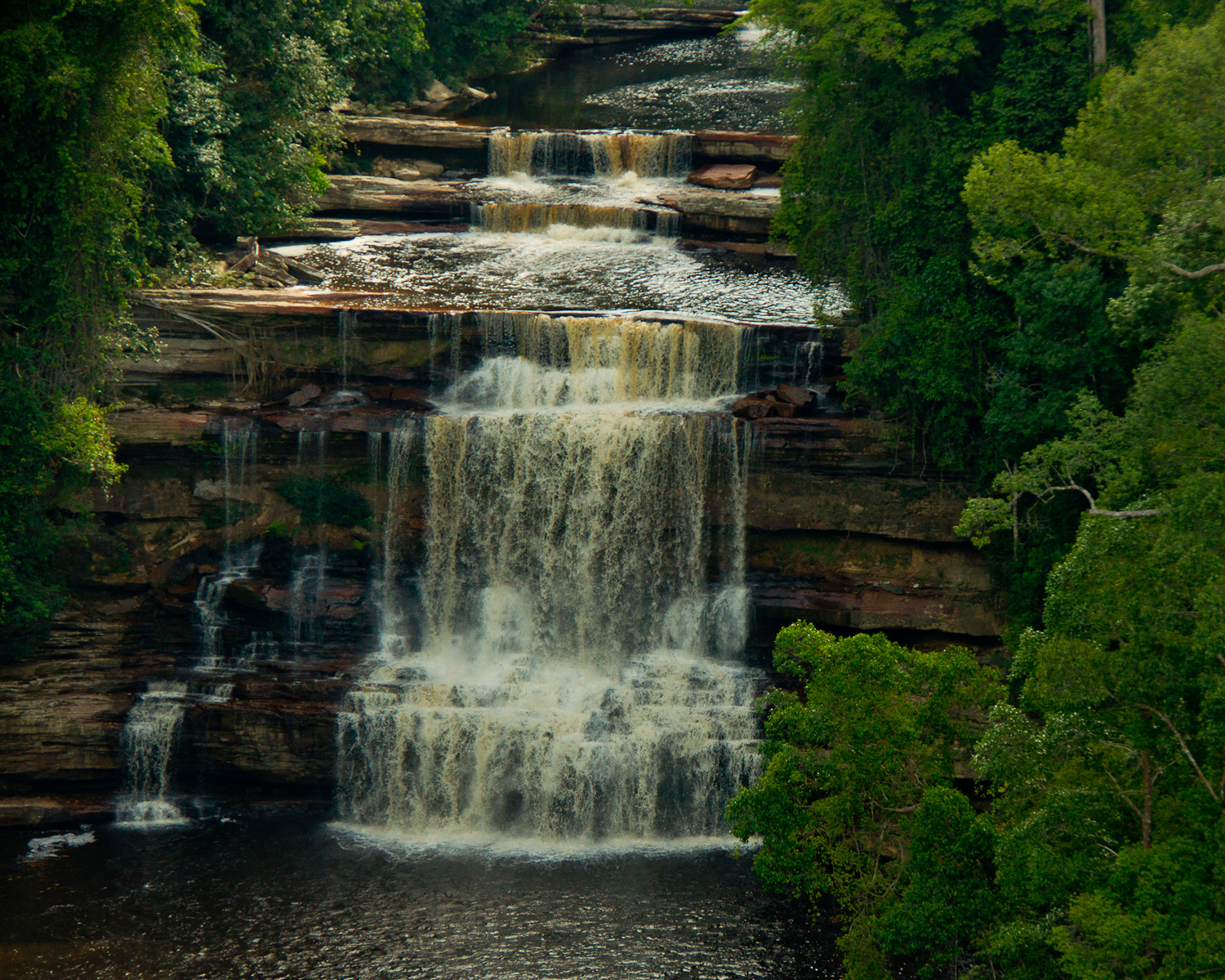
The Maliau Basin, with its unusual geological bowl shape, serves as a large water catchment region, with all water sources converging on the Maliau River, also the basin's single exit. This river drains into the Kuamut and finally, the Kinabatangan River, highlighting the Maliau Basin's significance as a watershed for downstream rivers.
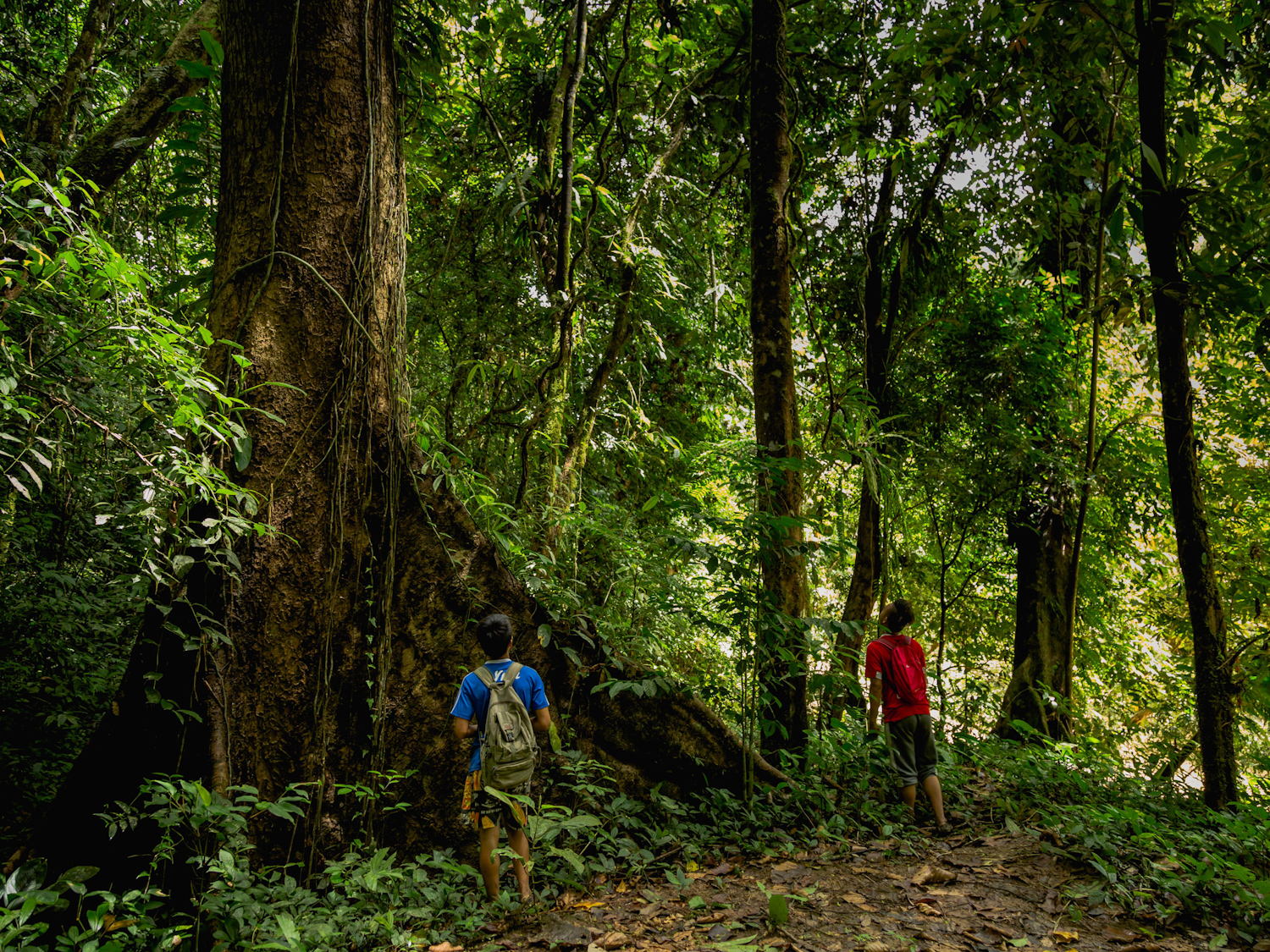
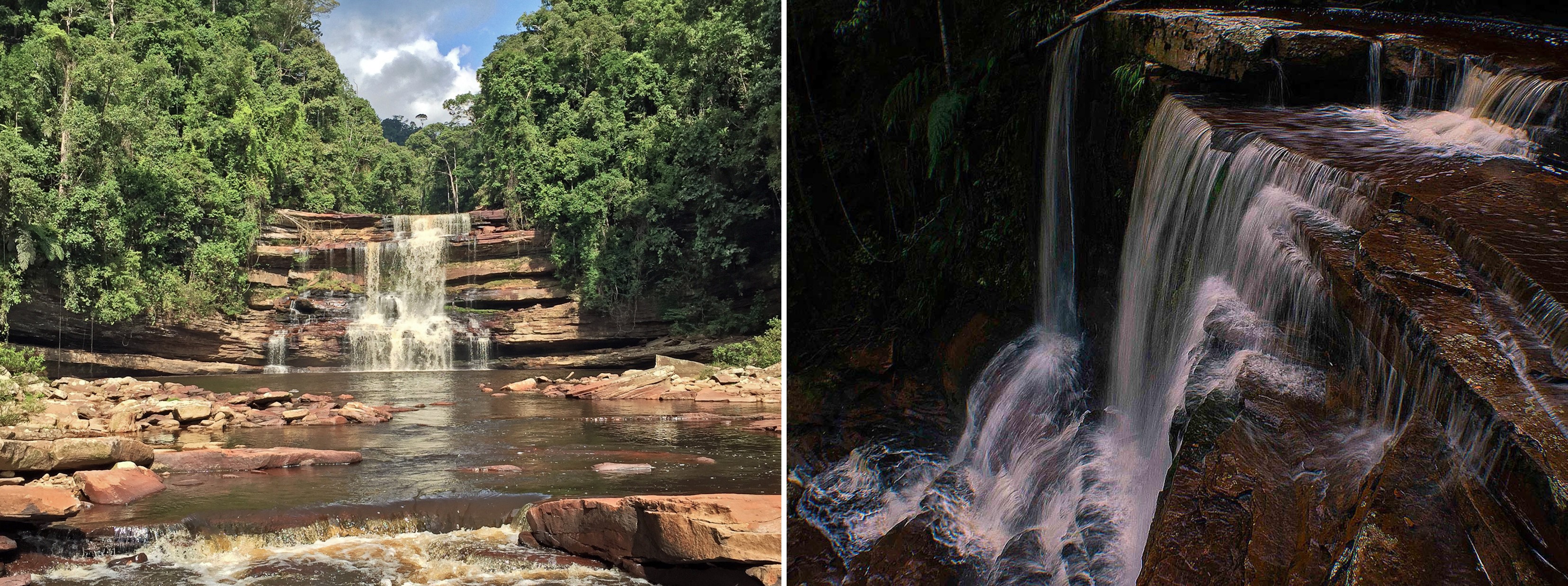
This circular basin is surrounded by a spectacular cliff that rises to 1,675 metres above sea level and spans an area of 390 square kilometres, with some portions remaining undiscovered. Yayasan Sabah designated the basin as a conservation area in 1981 for research, teaching and training, recognising its ecological value and biological diversity.
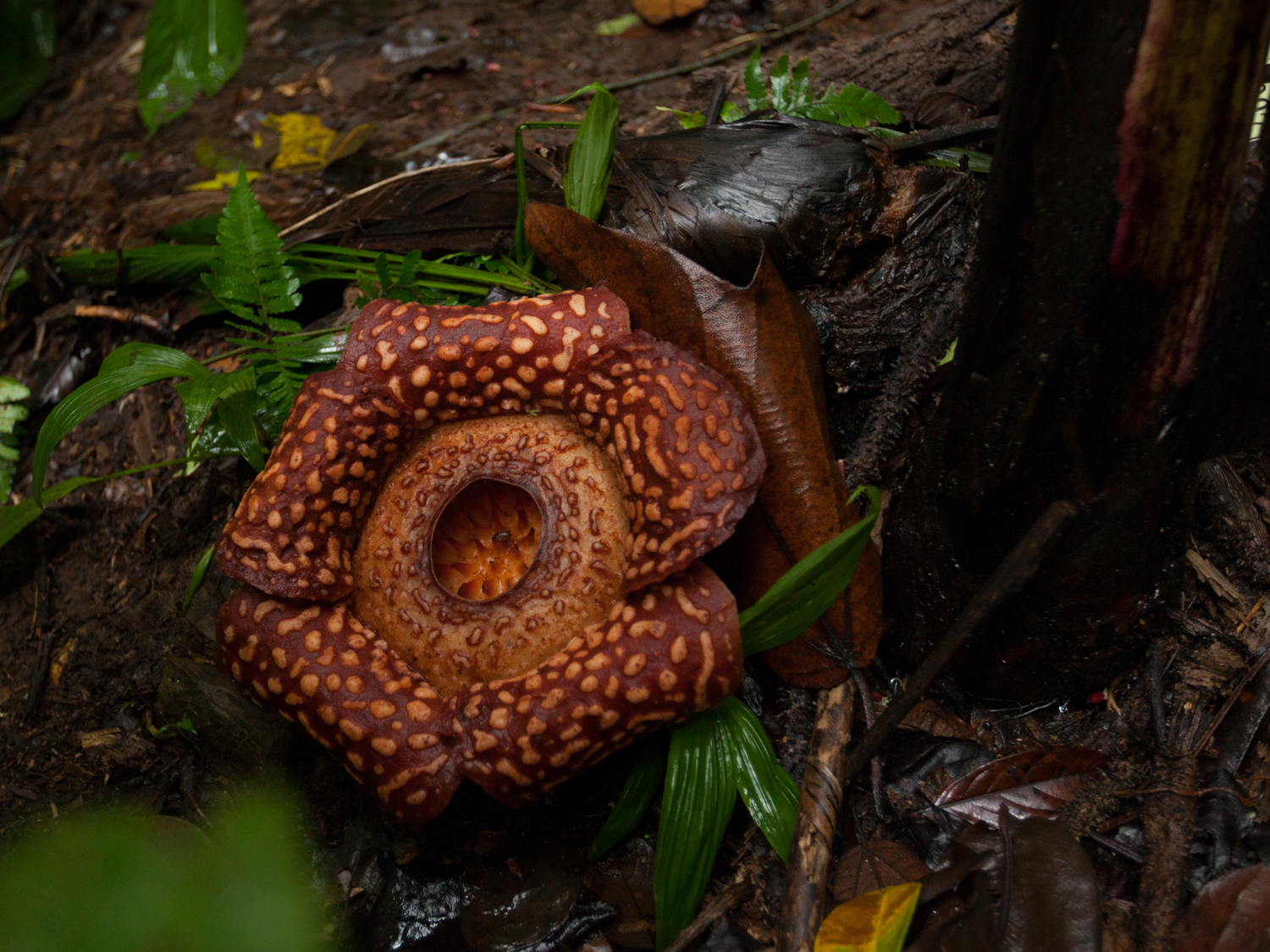
In 1997, it was designated as a Class I Protection Forest Reserve, Sabah's highest level of forest protection. The region is ideal for jungle hiking and bird observation, featuring 12 distinct forest types, including remarkable lower montane forests, rare montane heath forests, and lowland dipterocarp forests. Highlights include hiking to the seven levels of Maliau Falls and exploring other stunning spots like Ginseng Waterfalls, Takob Akob Falls, and Giluk Falls.
Due to restricted tourist access, wildlife in the Maliau Basin is less habituated than in other popular sites, making animal encounters rare. The deep primary forest, with its towering trees, can make animal viewing challenging but offers an unparalleled experience in untouched tropical forests. Access to the Maliau Basin requires permission from Yayasan Sabah. Because of its remote location with limited access and communication facilities, self-driving is not allowed; tourists must book their visits through local tour companies. Expedition packages usually last four days and three nights or five days and four nights, with physical requirements ranging from moderate to strenuous.
Begin your journey by travelling to Sabah, where the main airports are located in Kota Kinabalu and Tawau. These airports serve as the region's principal gateways, providing both international and local flight options.
If you start in Kota Kinabalu, expect a picturesque trip of four to six hours to Keningau. This journey highlights Sabah's various landscapes, ranging from busy cityscapes to calm rural vistas. Once at Keningau, continue to the Maliau Basin Study Centre. The road conditions fluctuate, so as you approach the study facility, expect a combination of paved and rocky pathways.
Alternatively, if you arrive in Tawau, you will travel directly to the Maliau Basin Study Centre, which will take around four to six hours. This path also allows you to see Sabah's magnificent landscape and is necessary for visiting the secluded and pristine environment of Maliau Basin.
Please be informed that there is no direct public transit to the Maliau Basin Conservation Area. To ensure a seamless and enjoyable visit, it is highly recommended to make arrangements with a local tour operator. They can assist with organising transport and provide valuable advice for navigating the region, enhancing your overall experience at this unique and remote site.